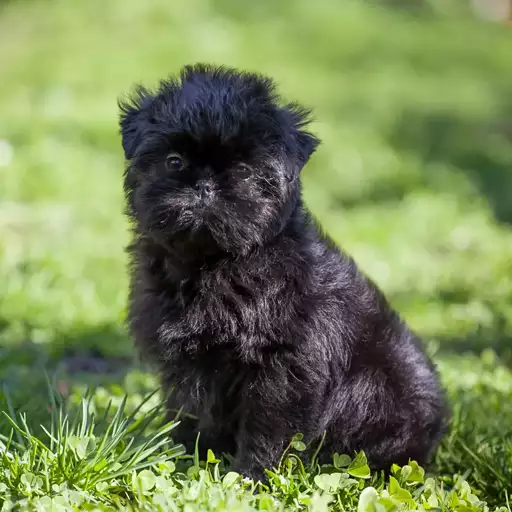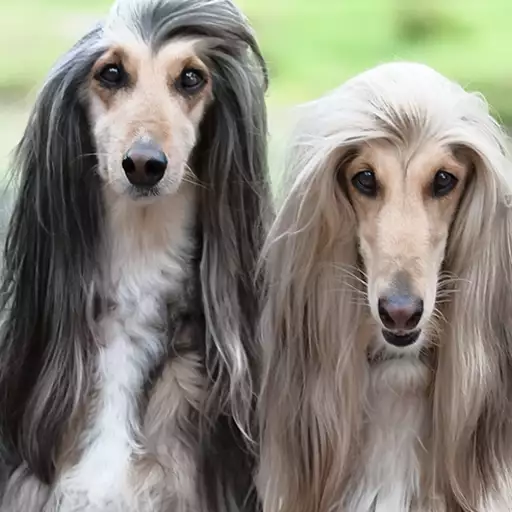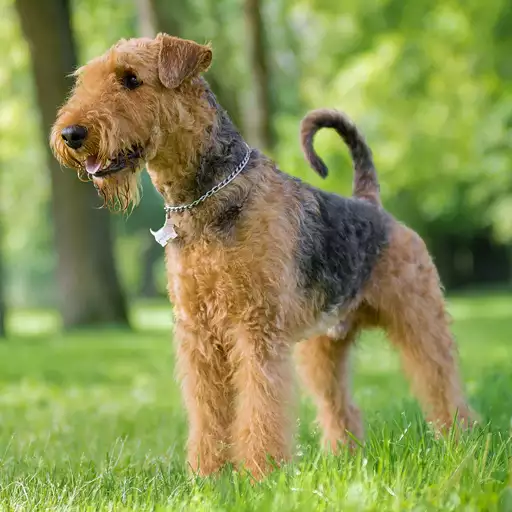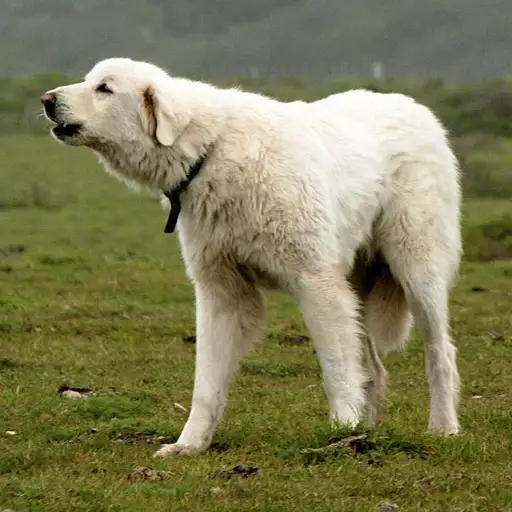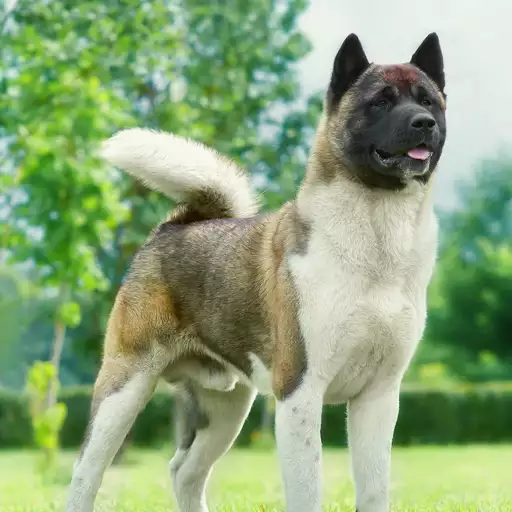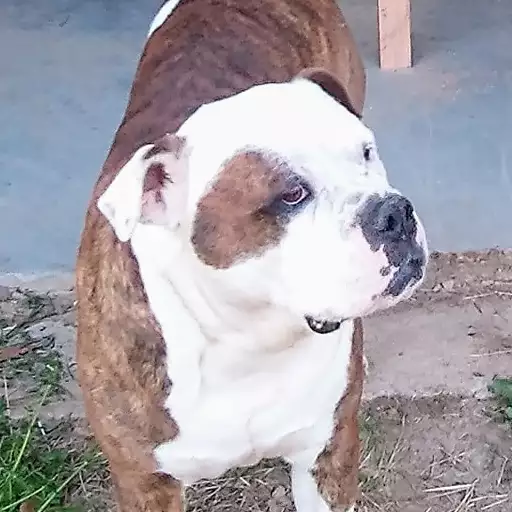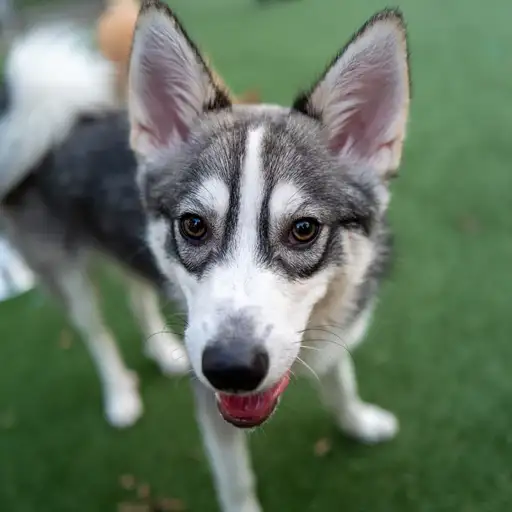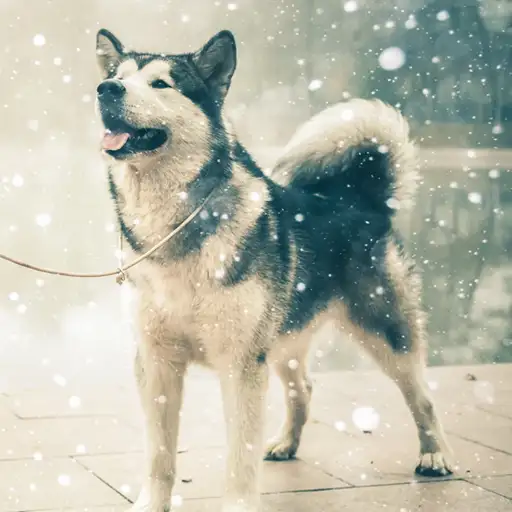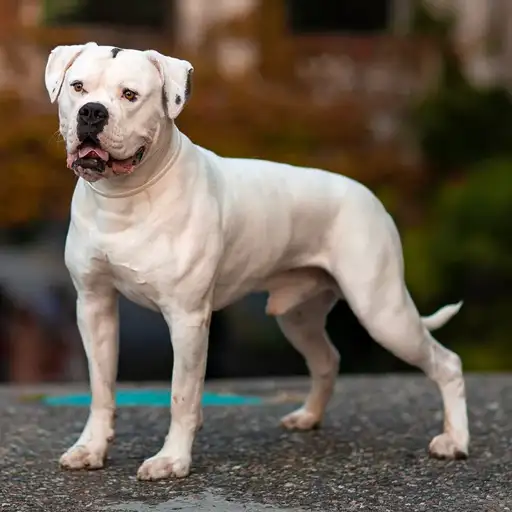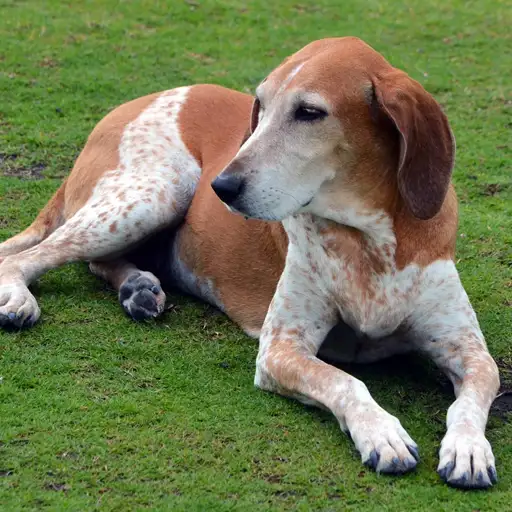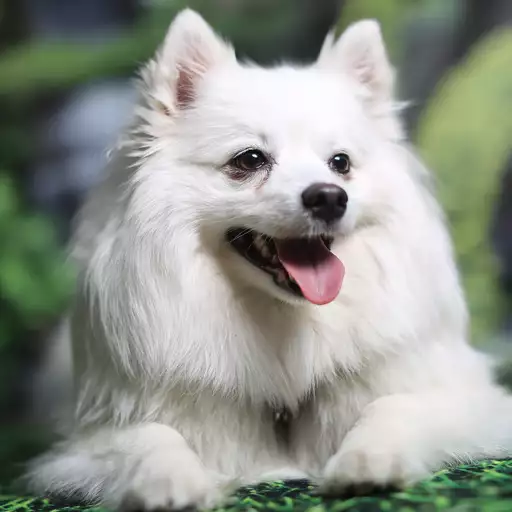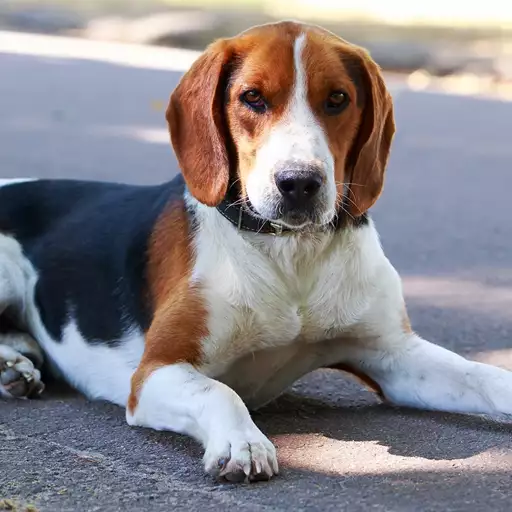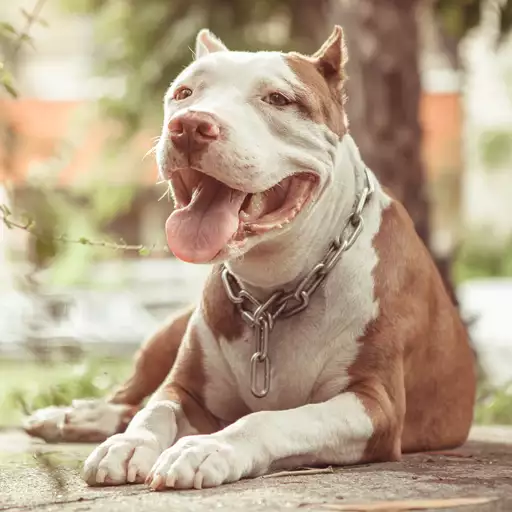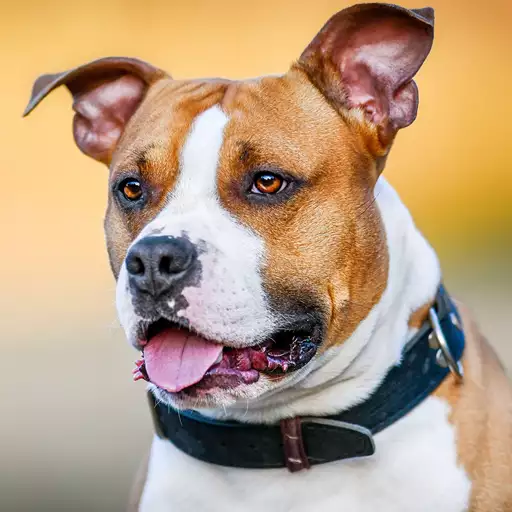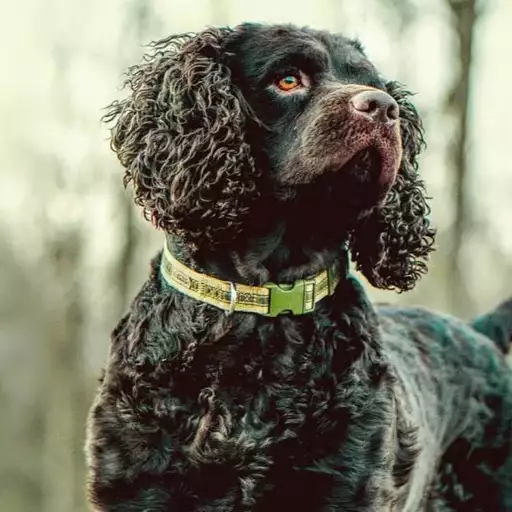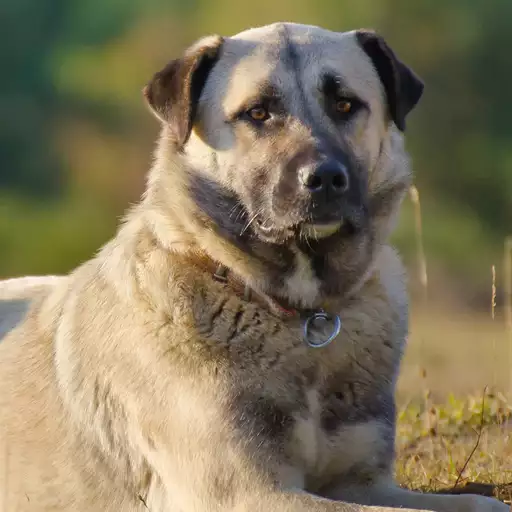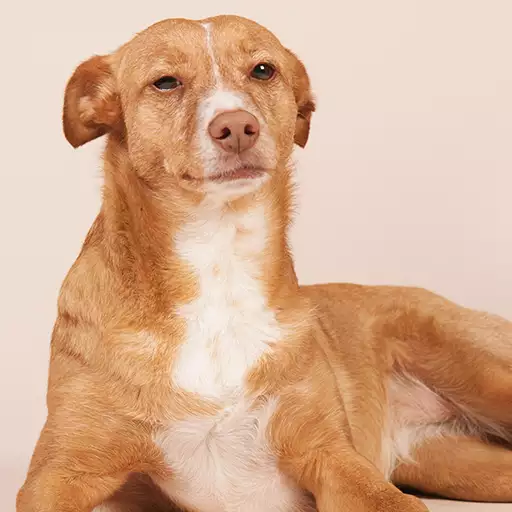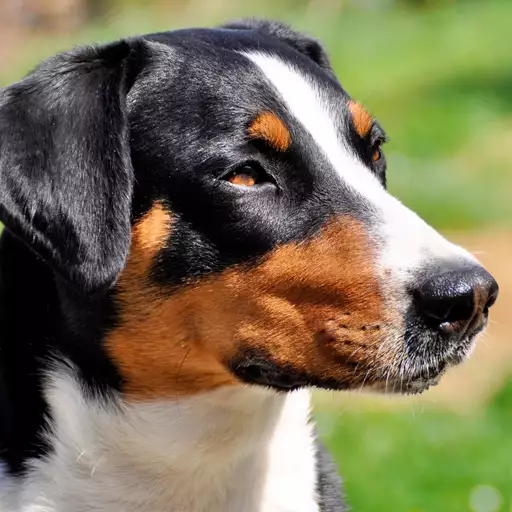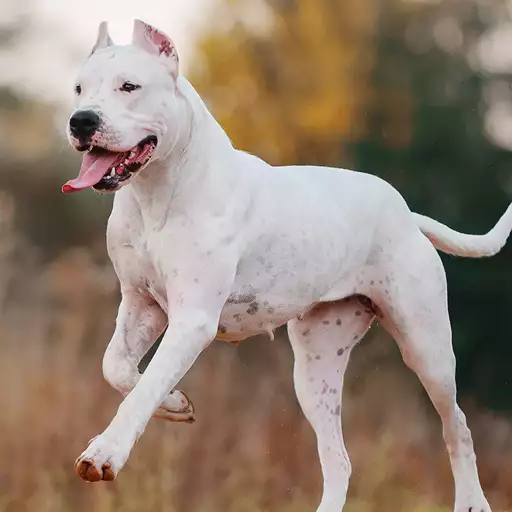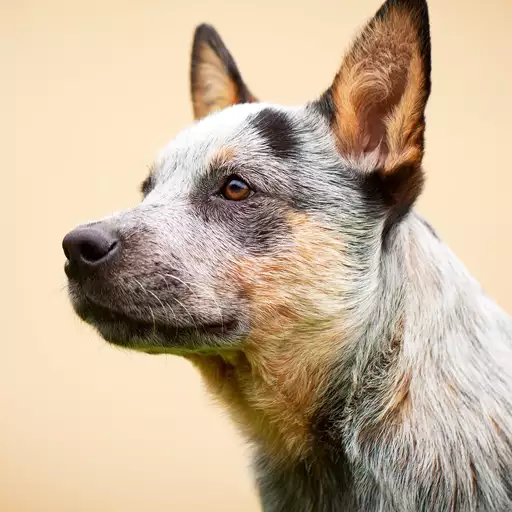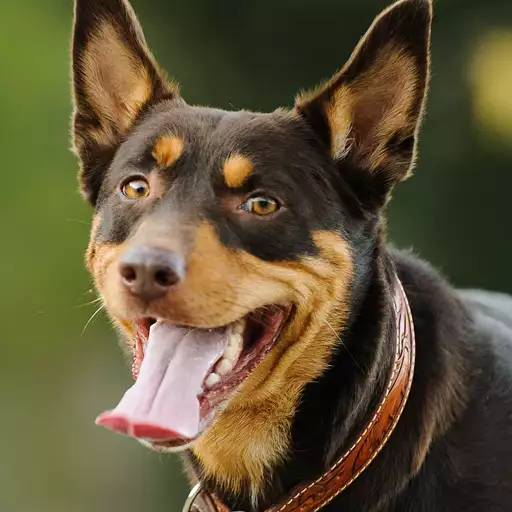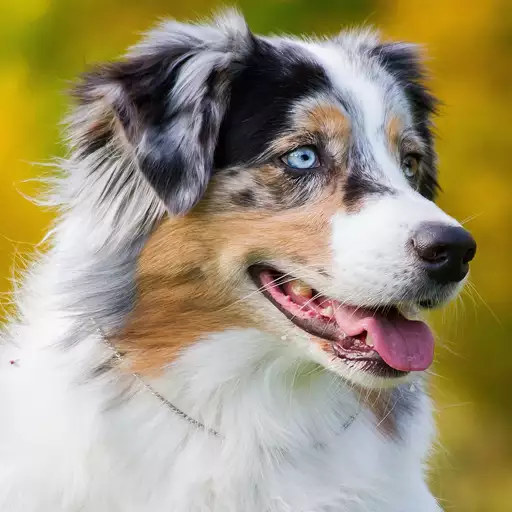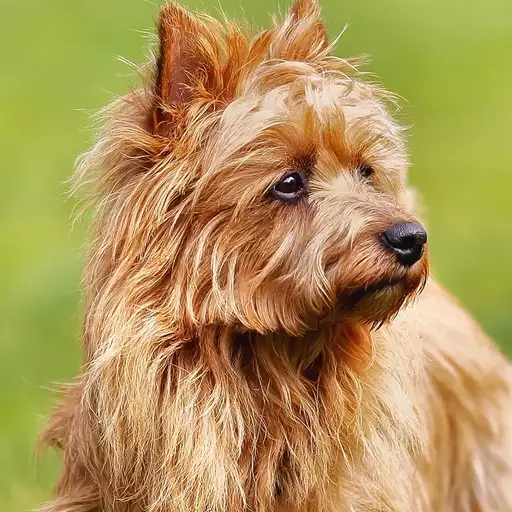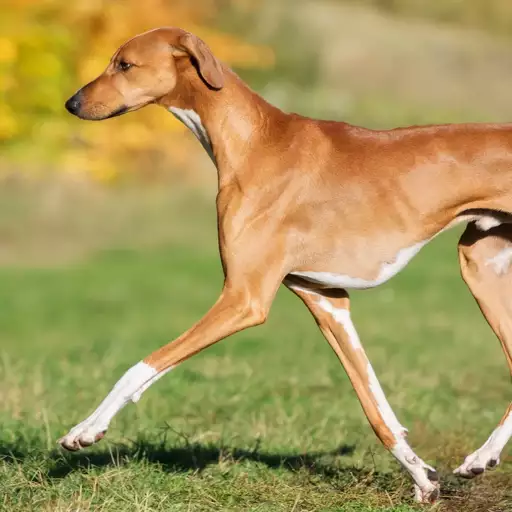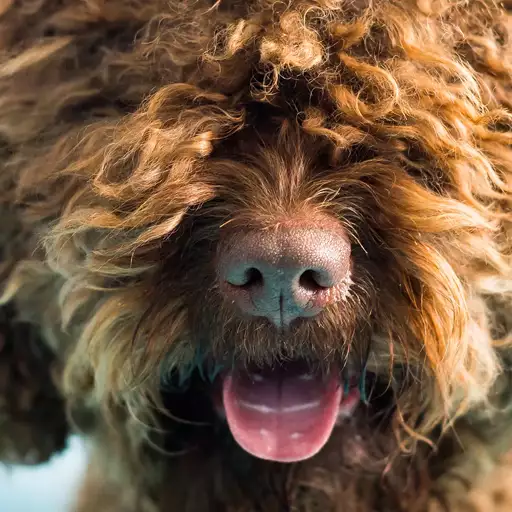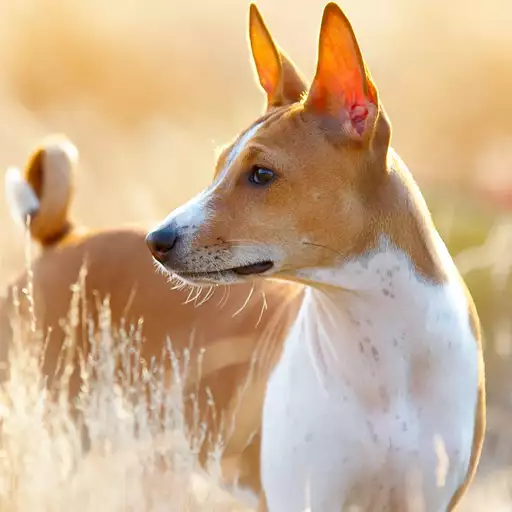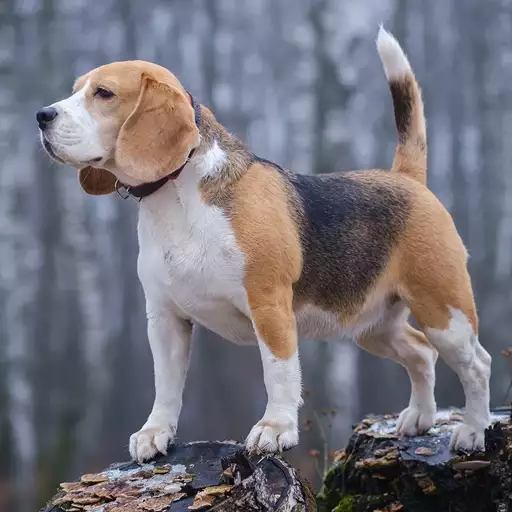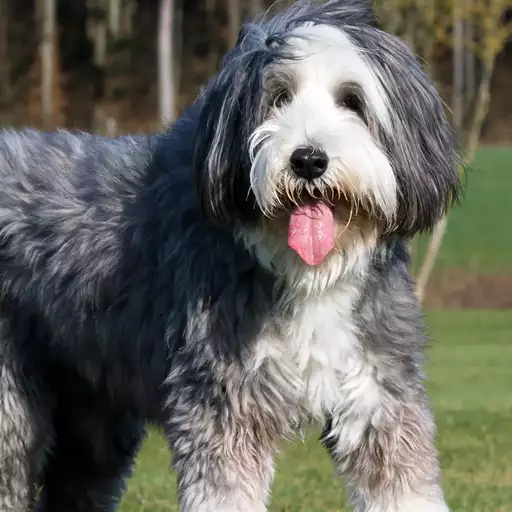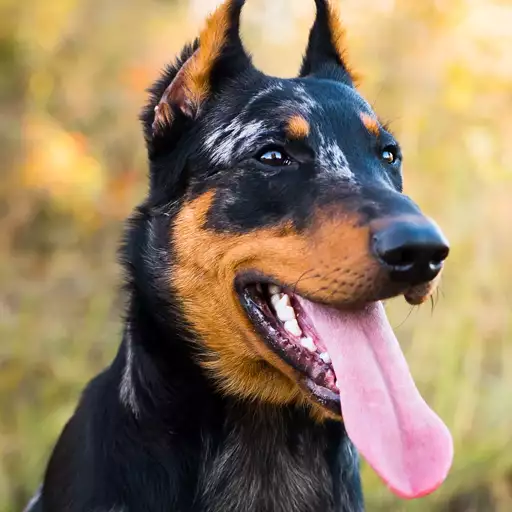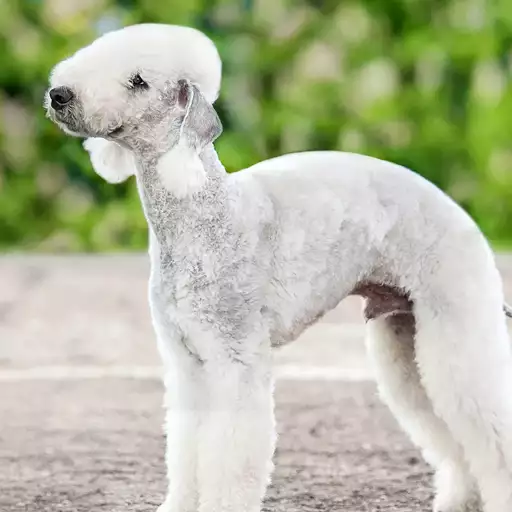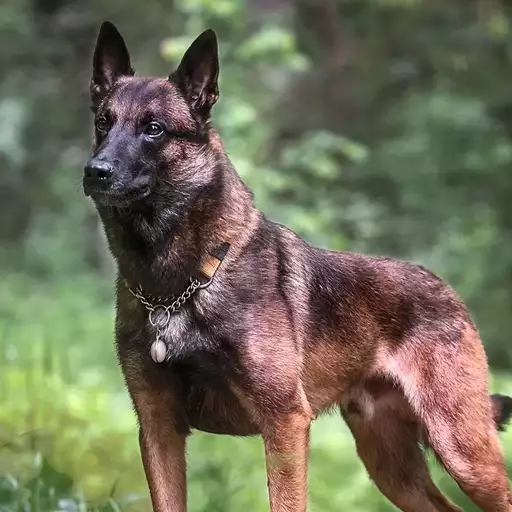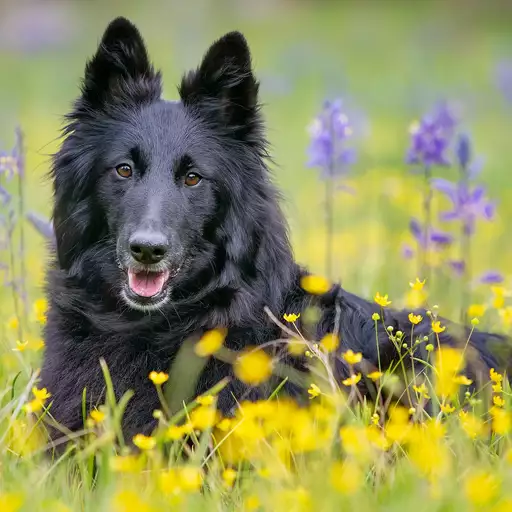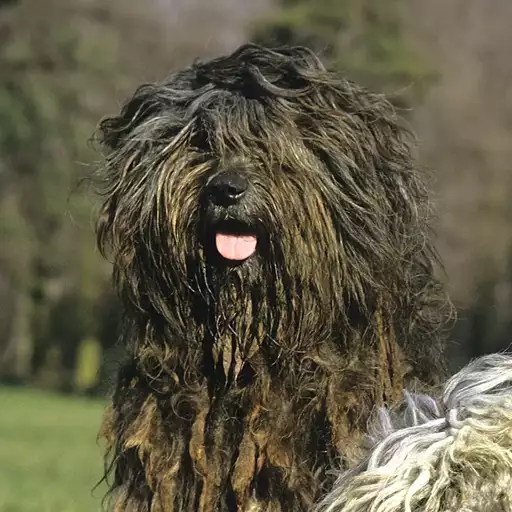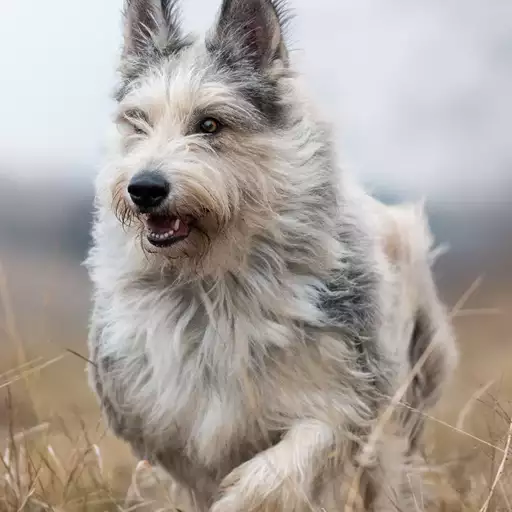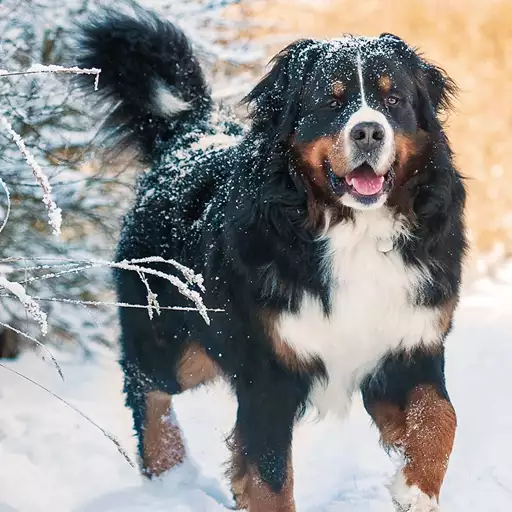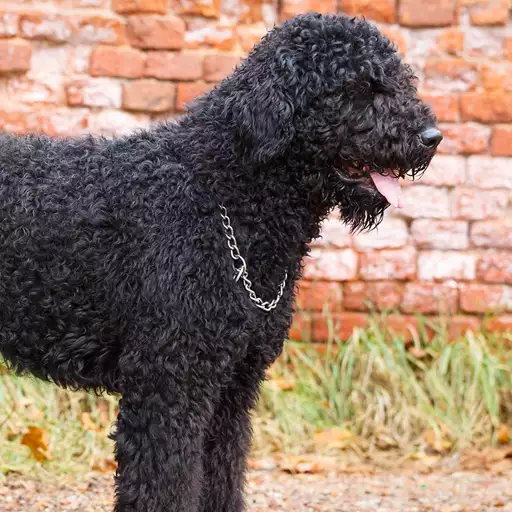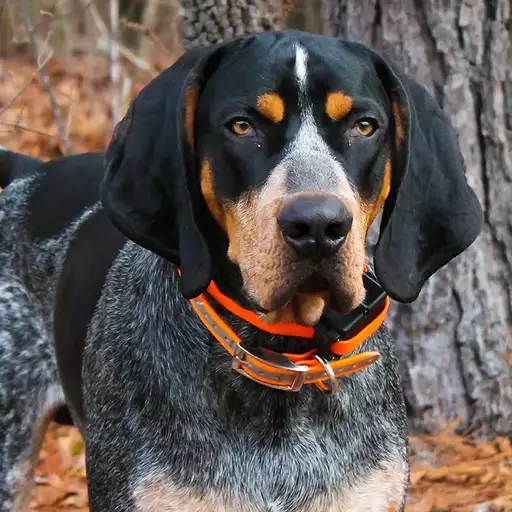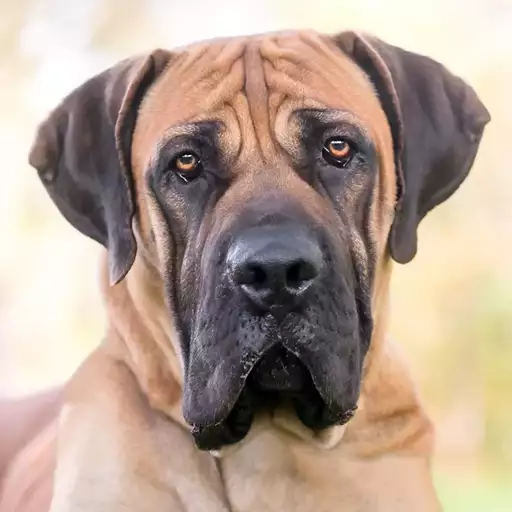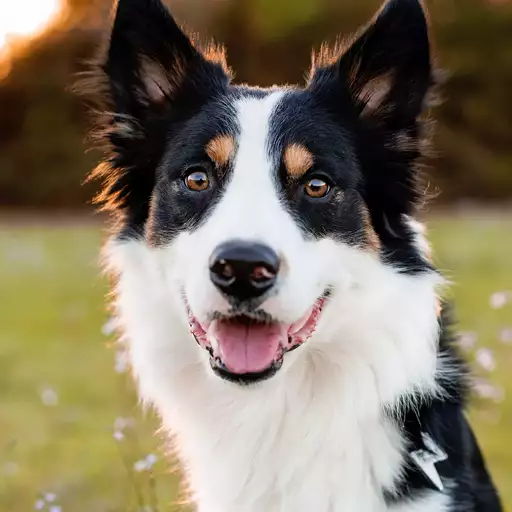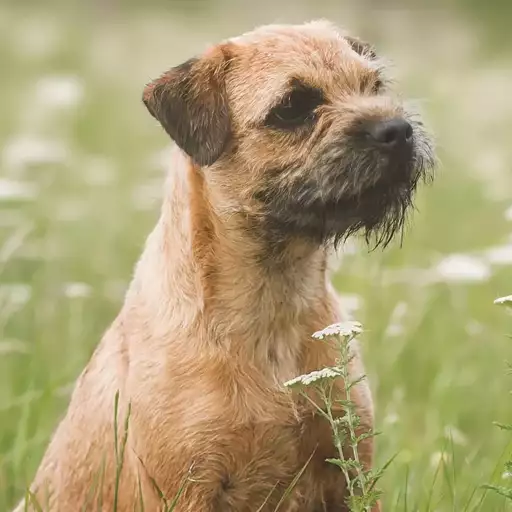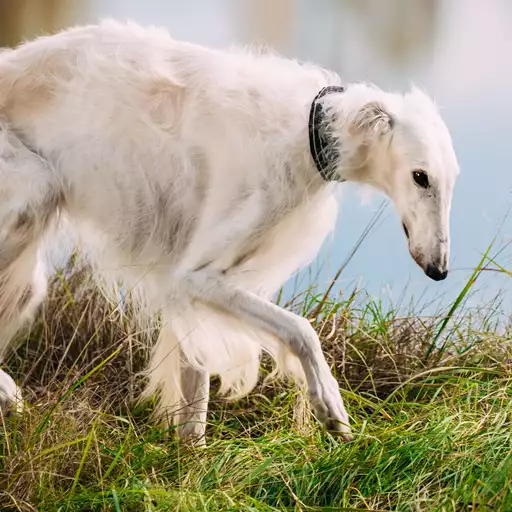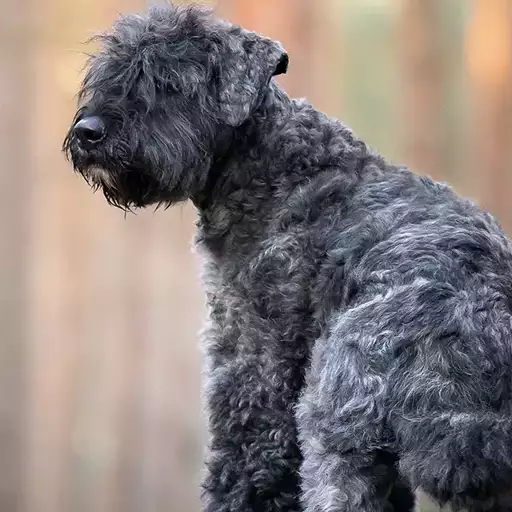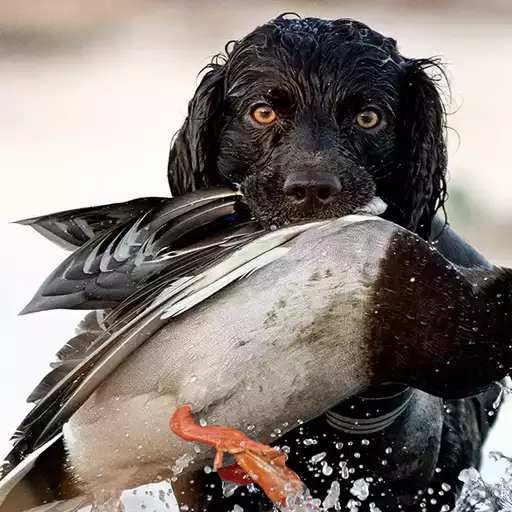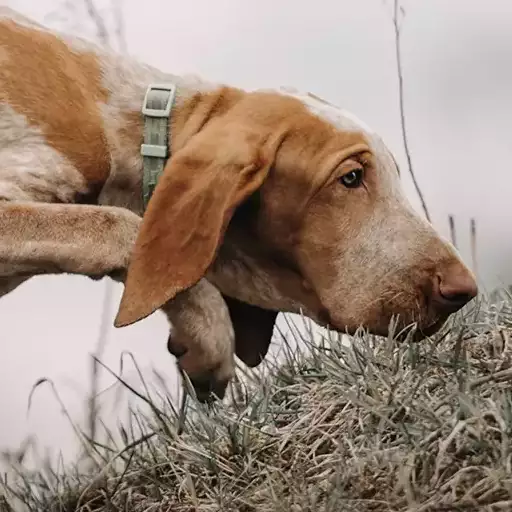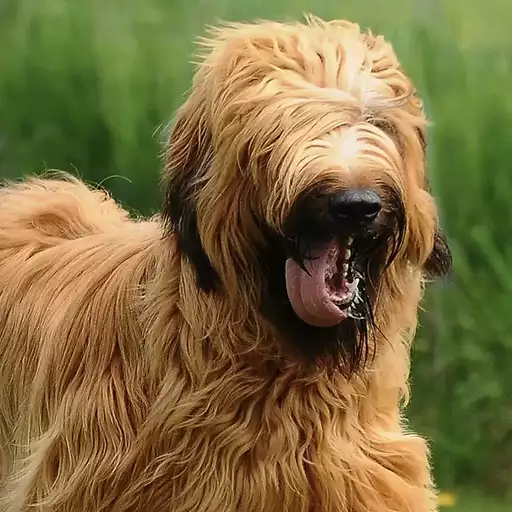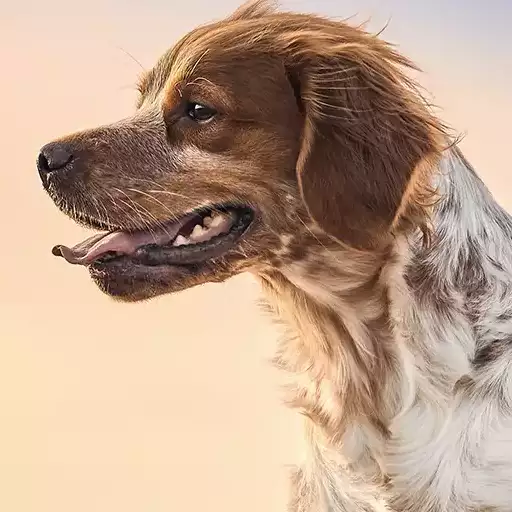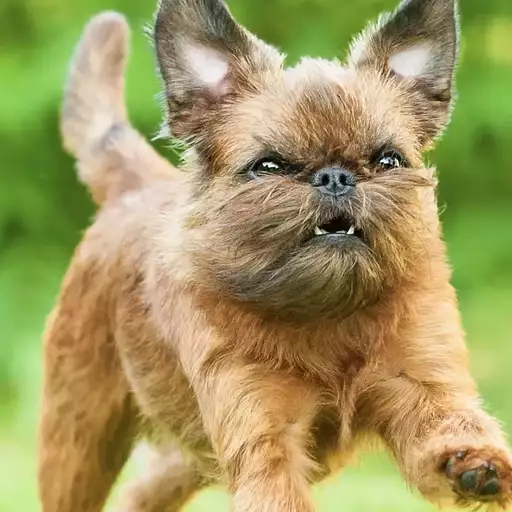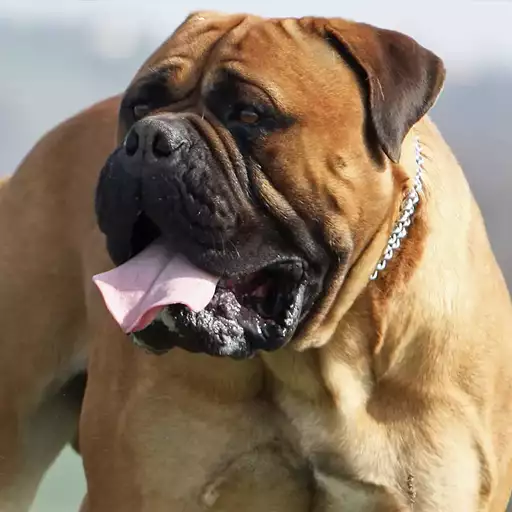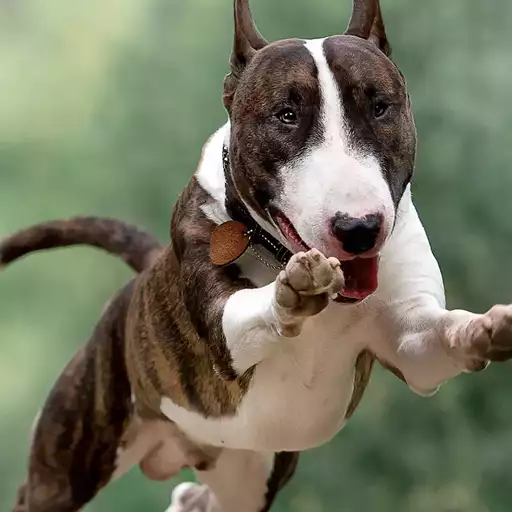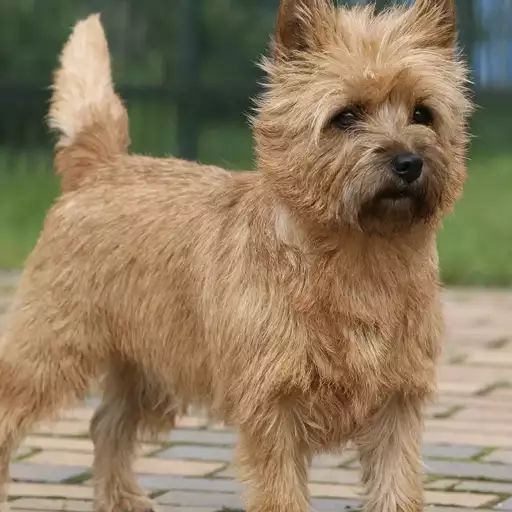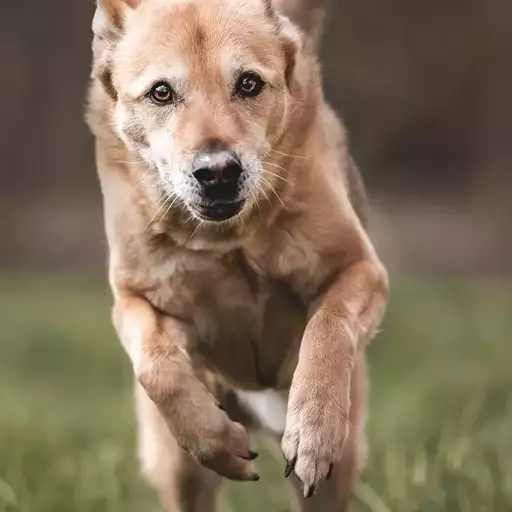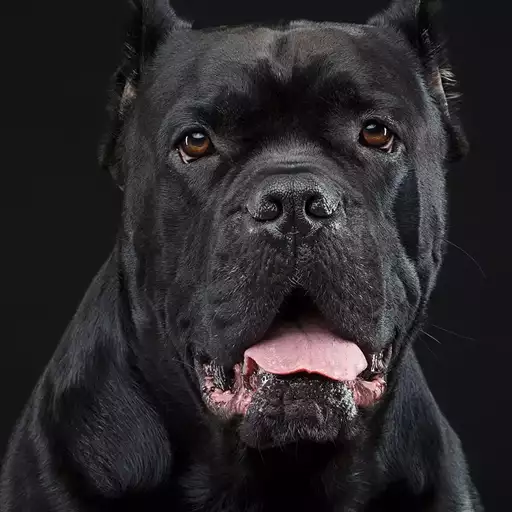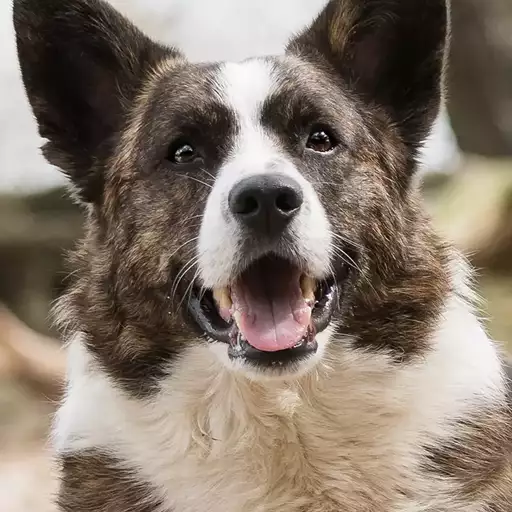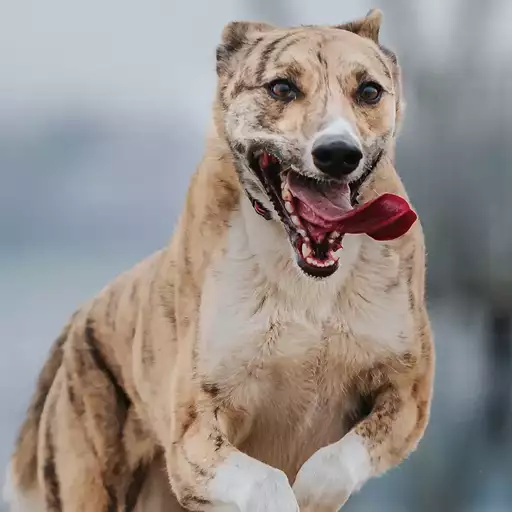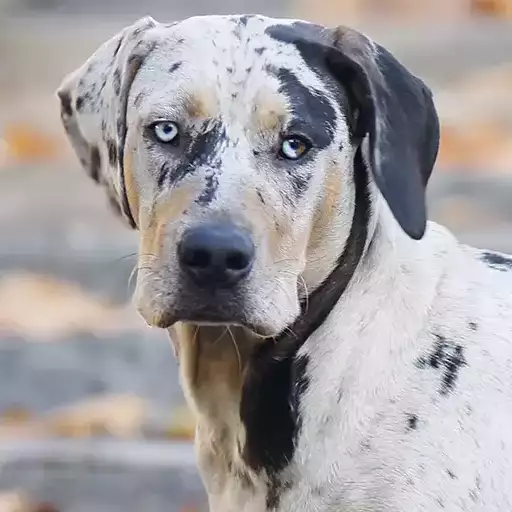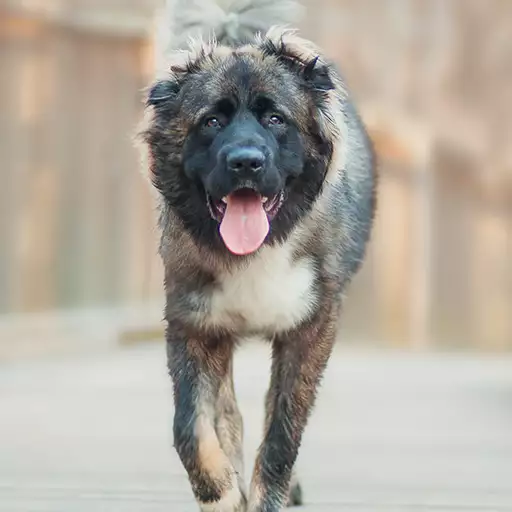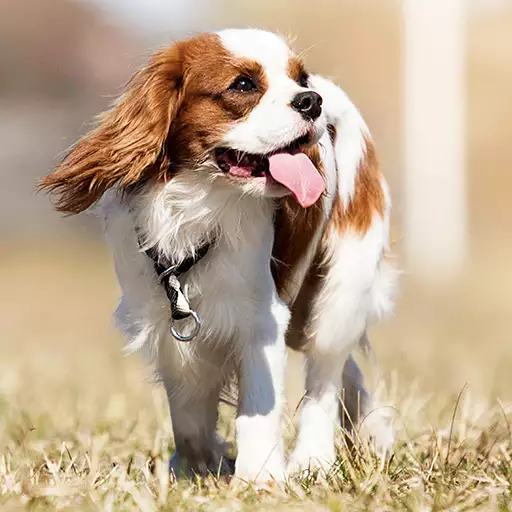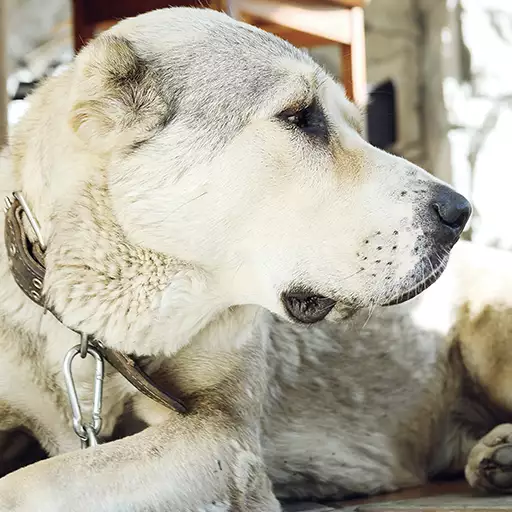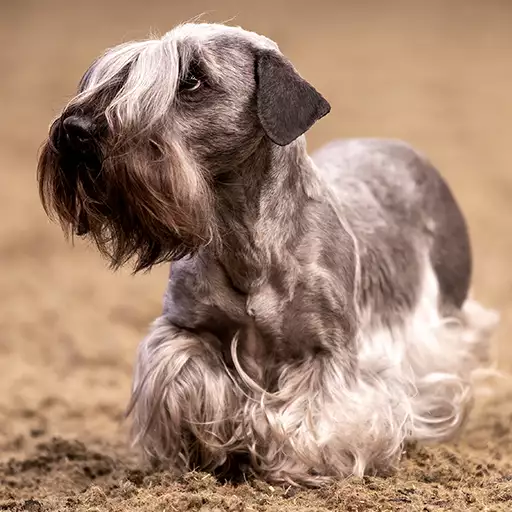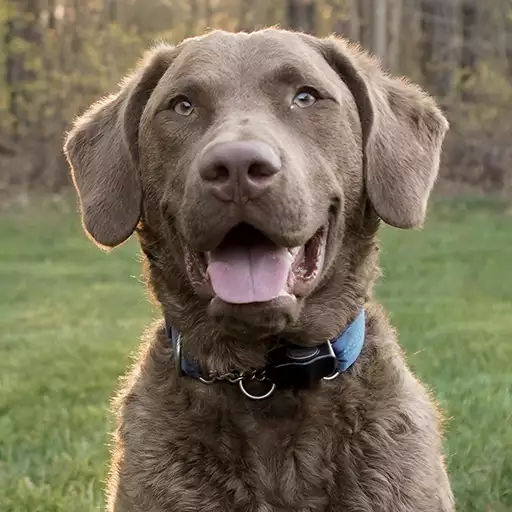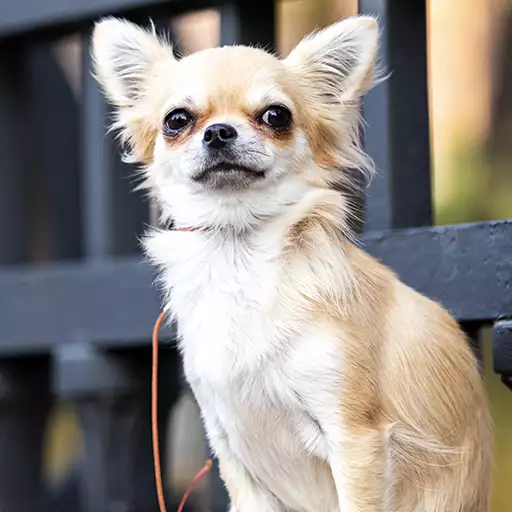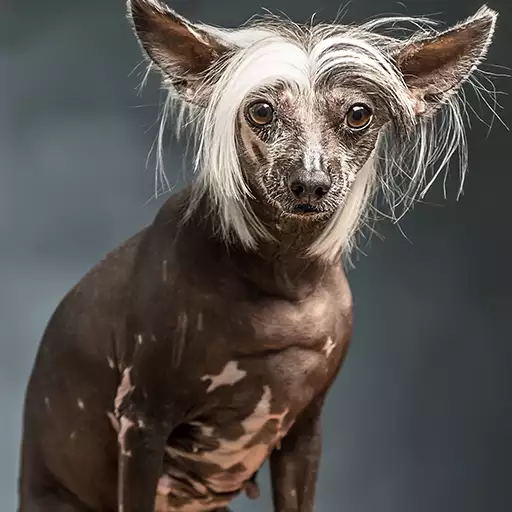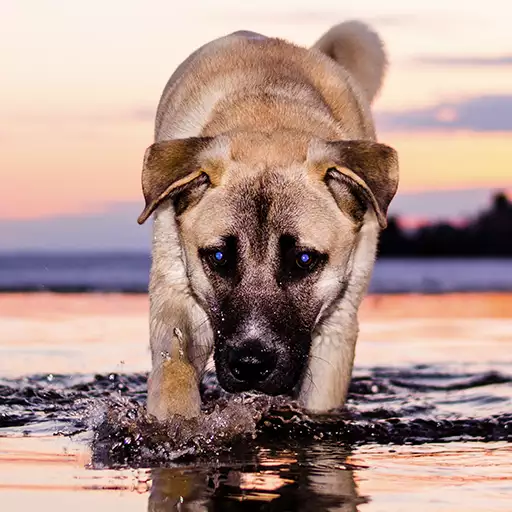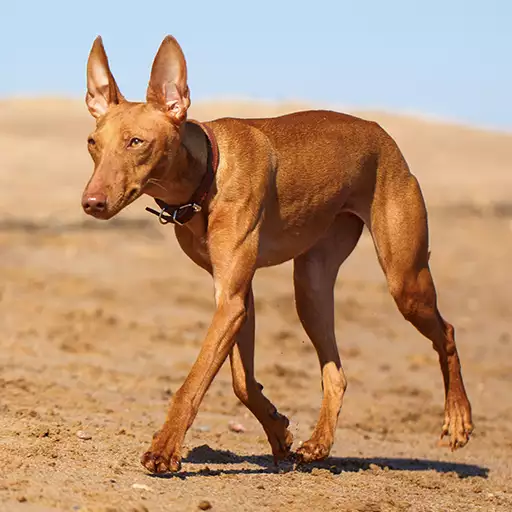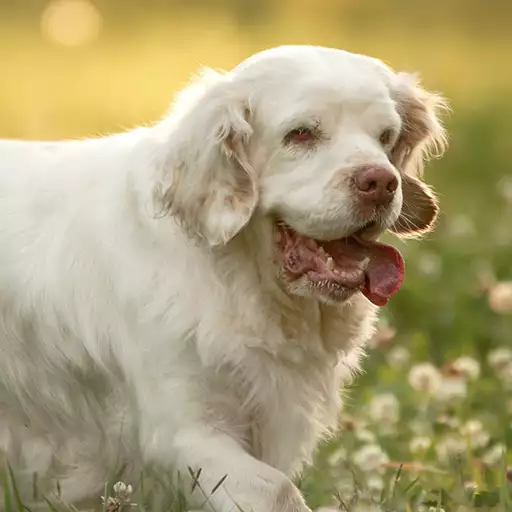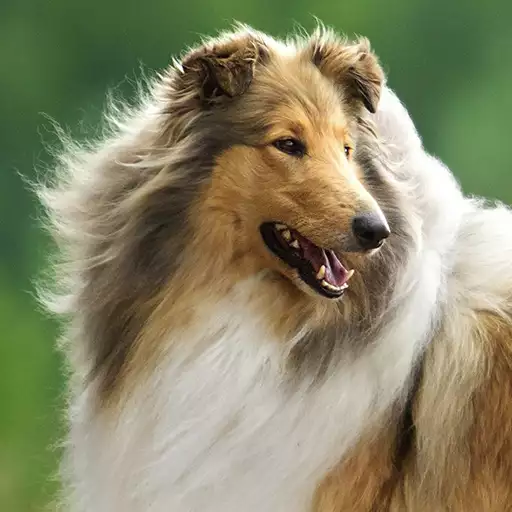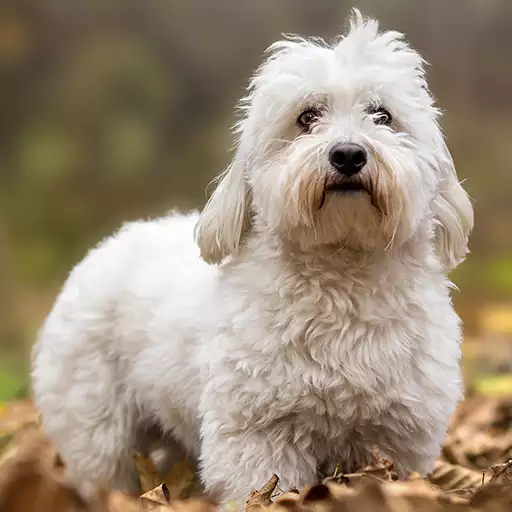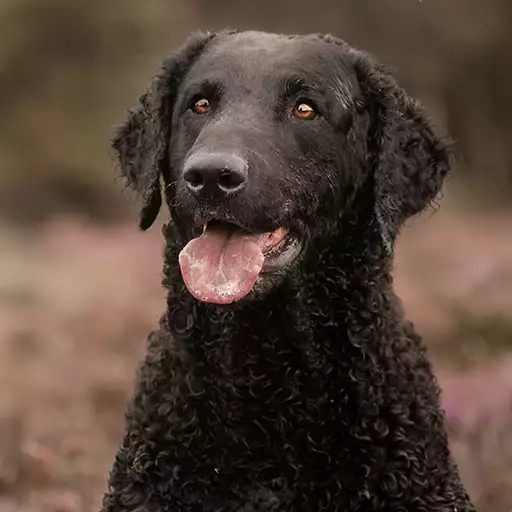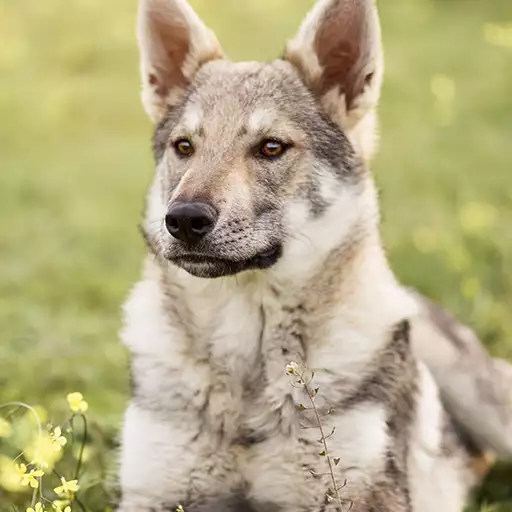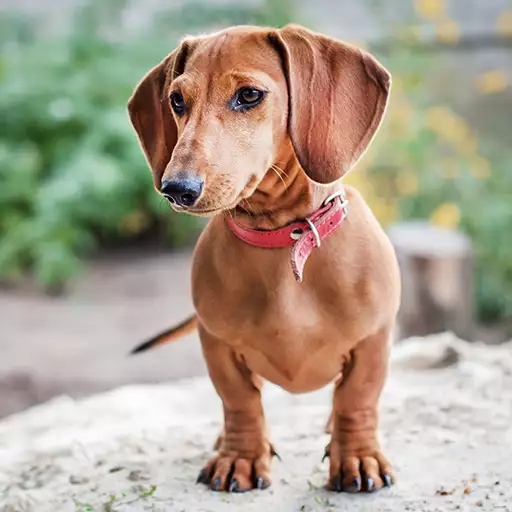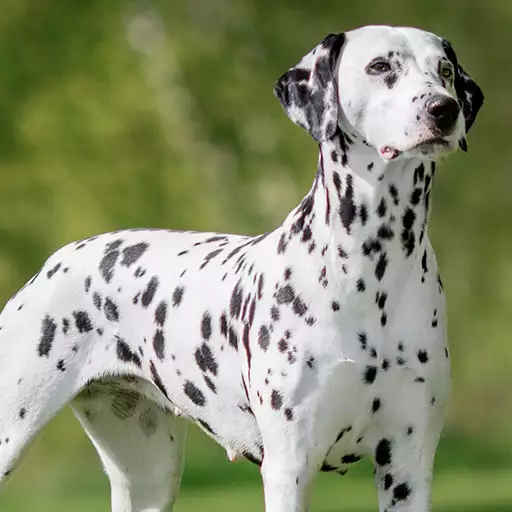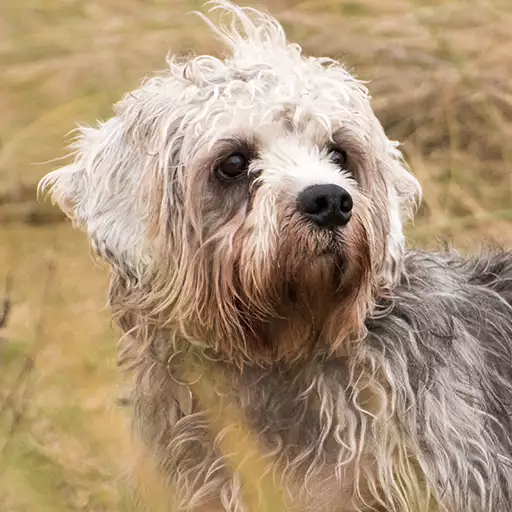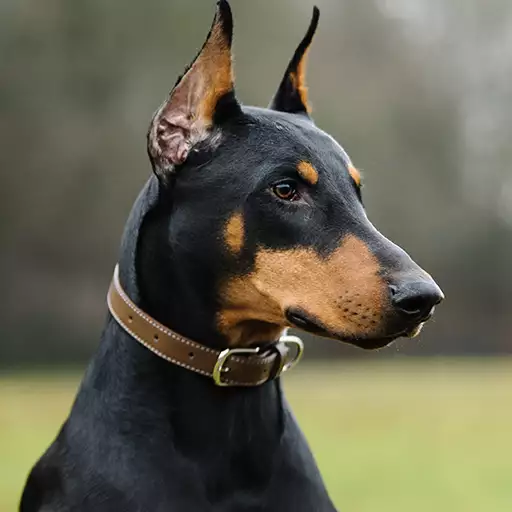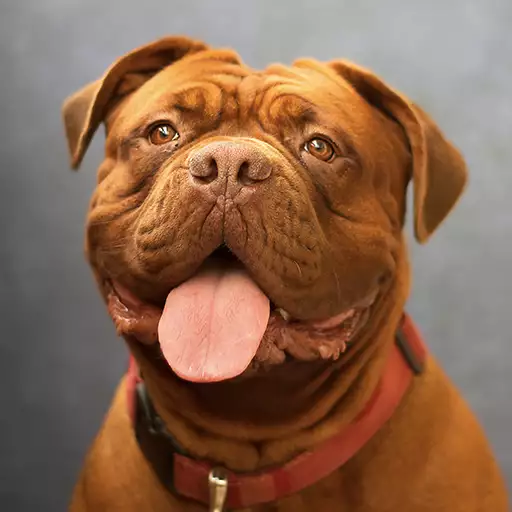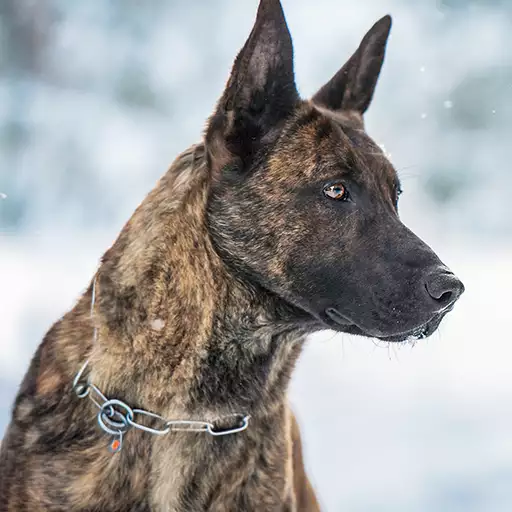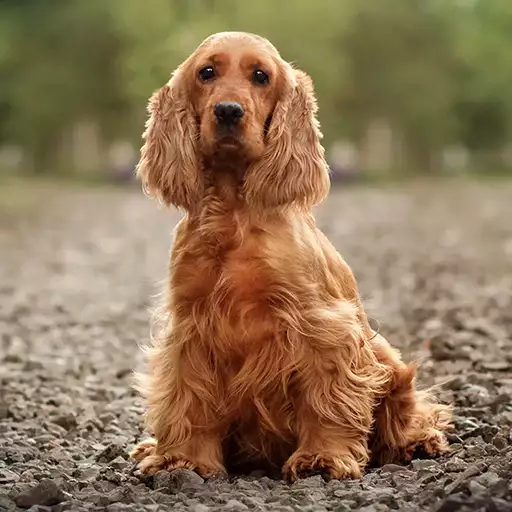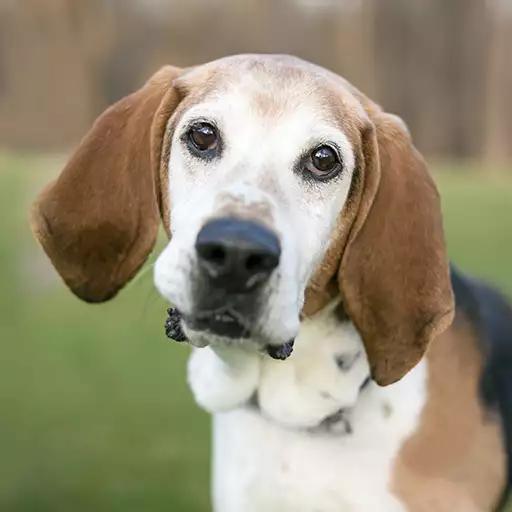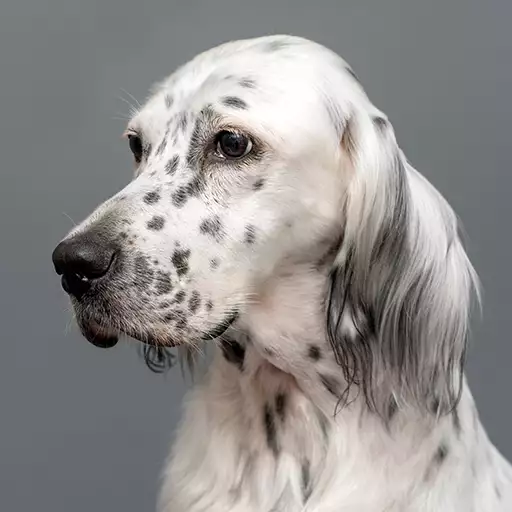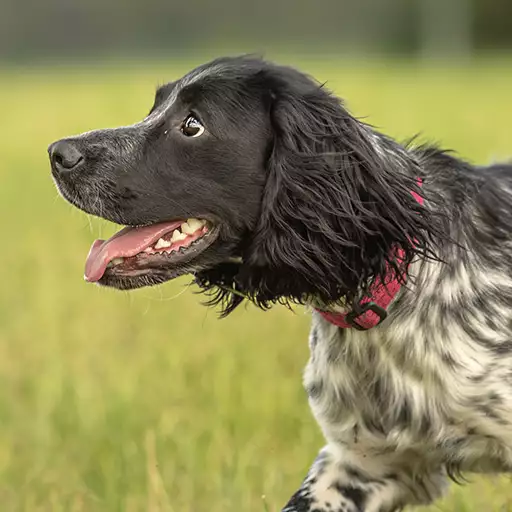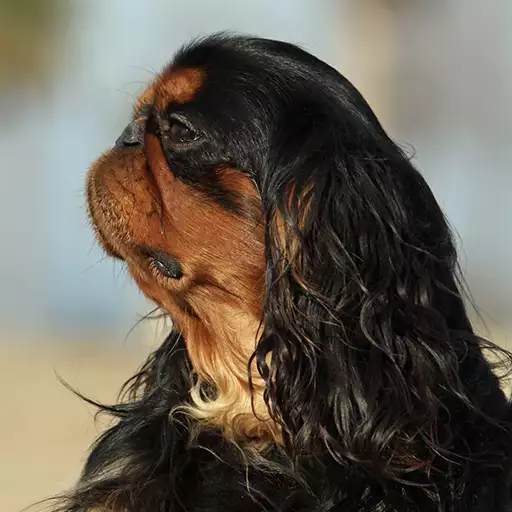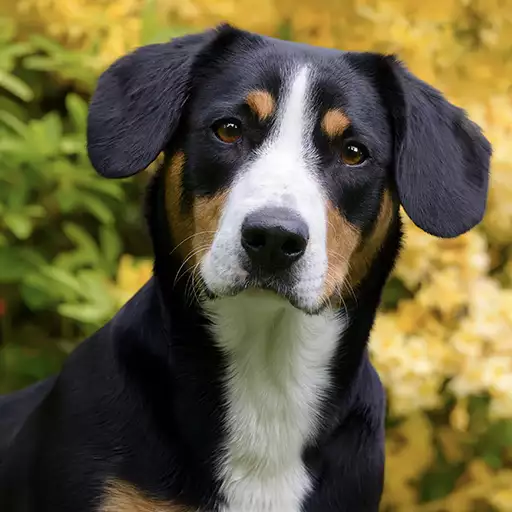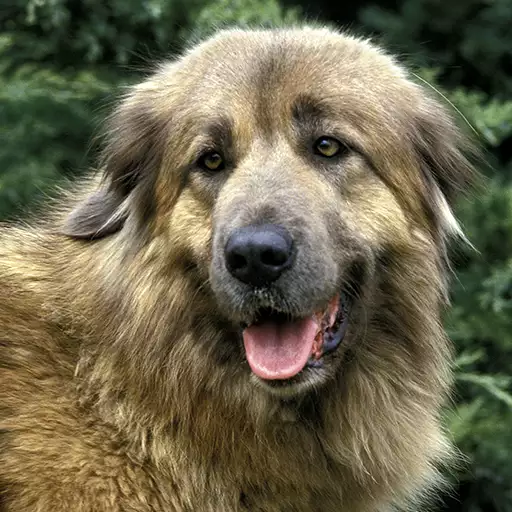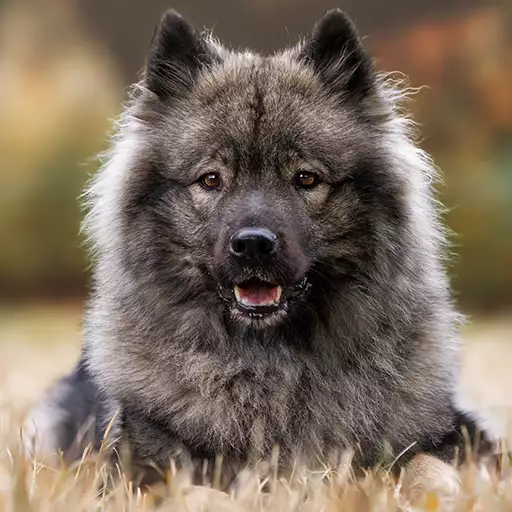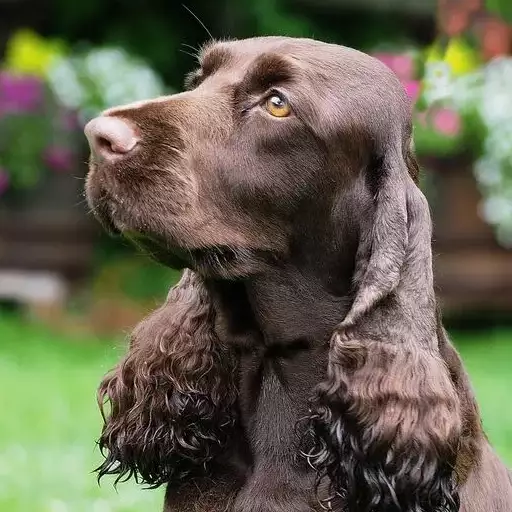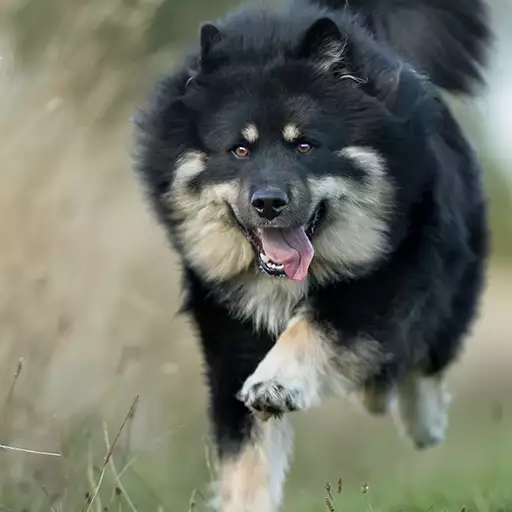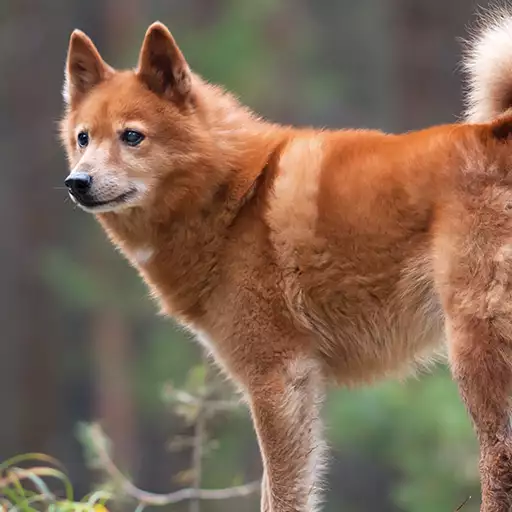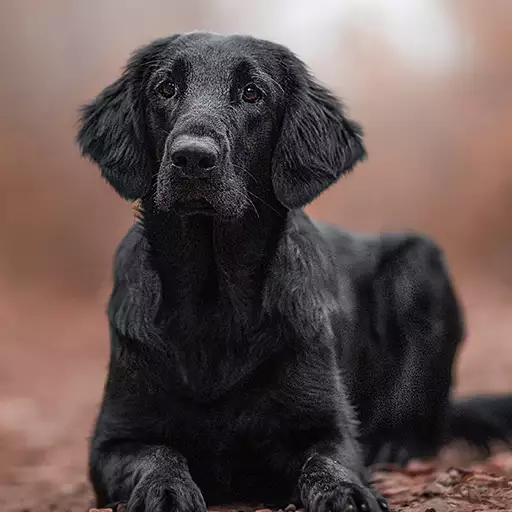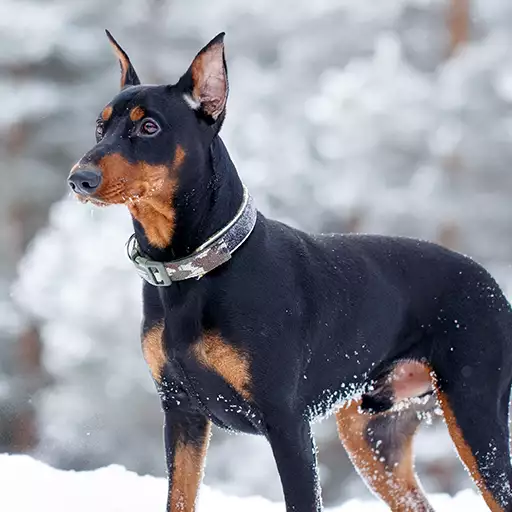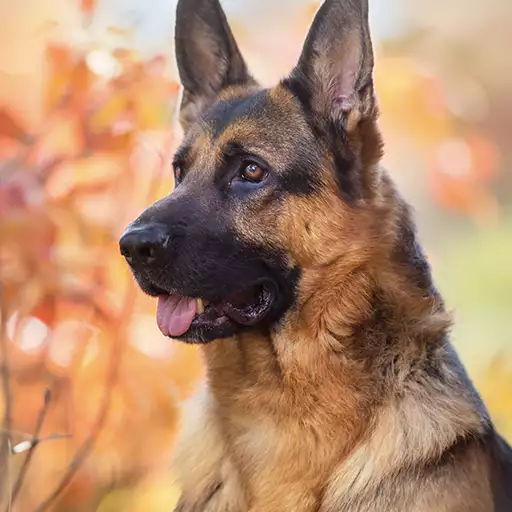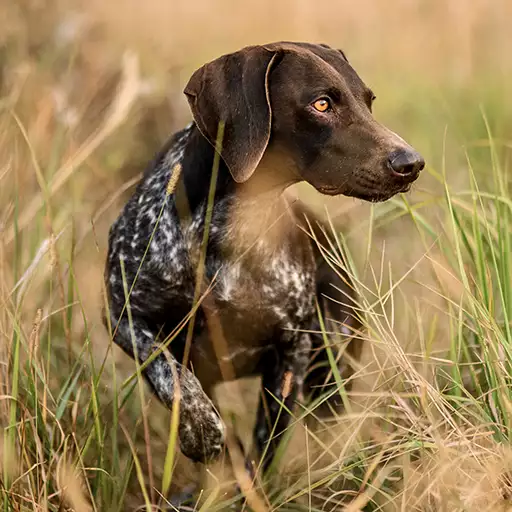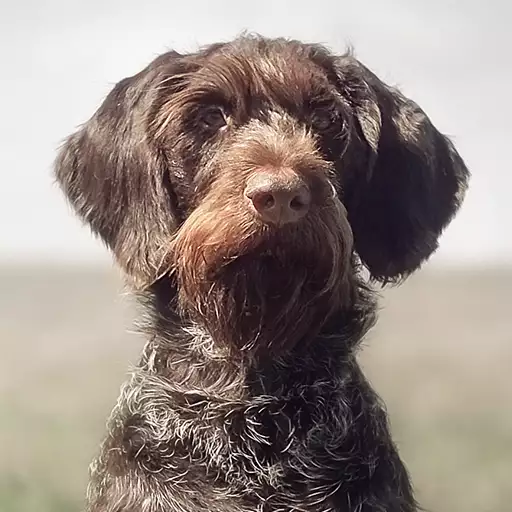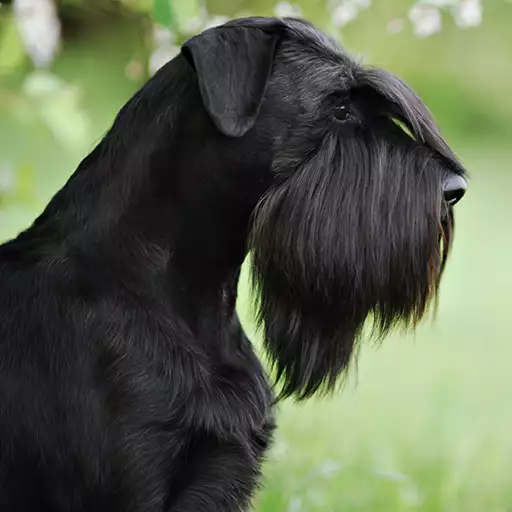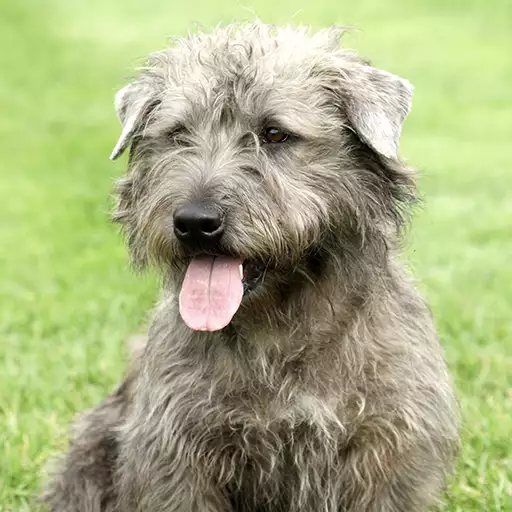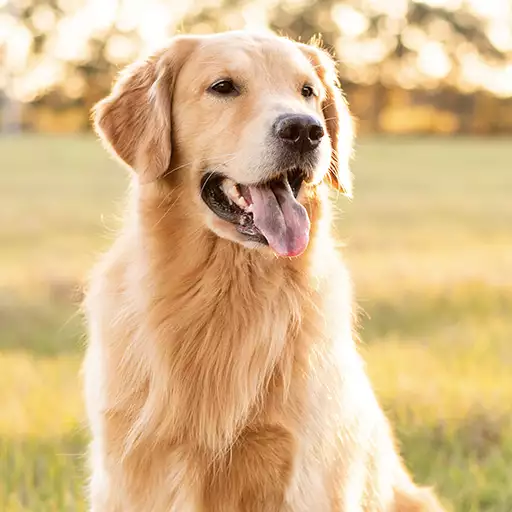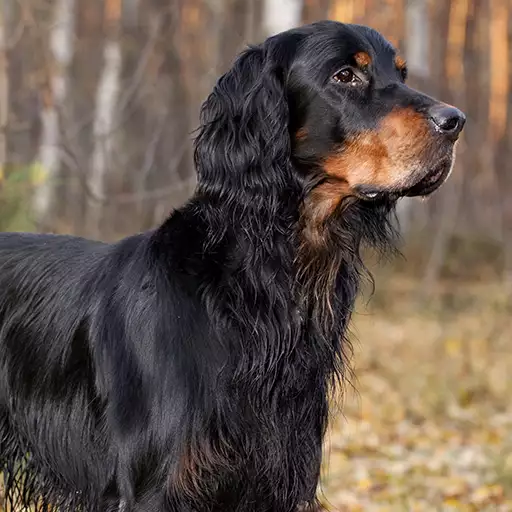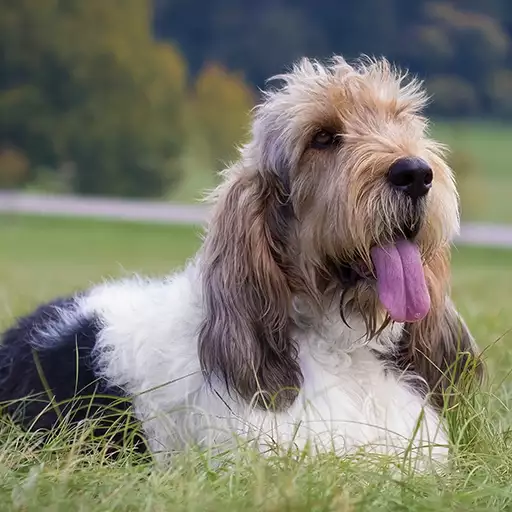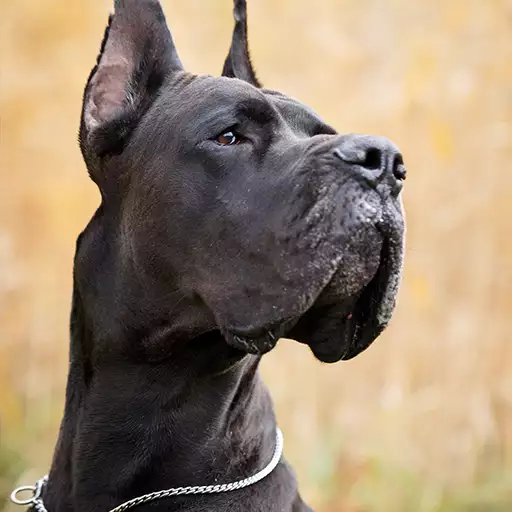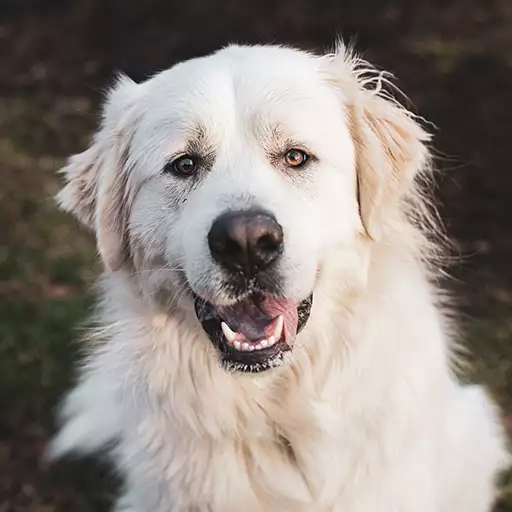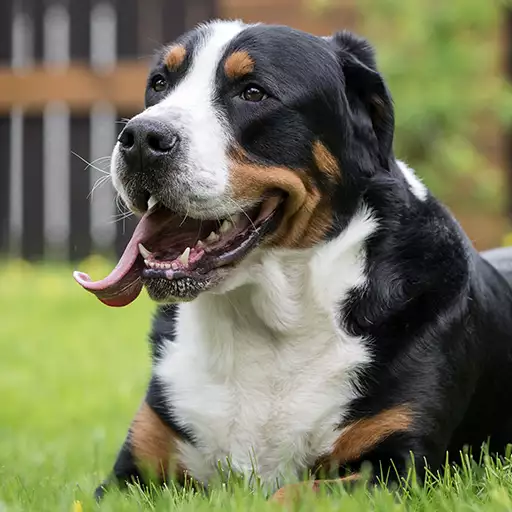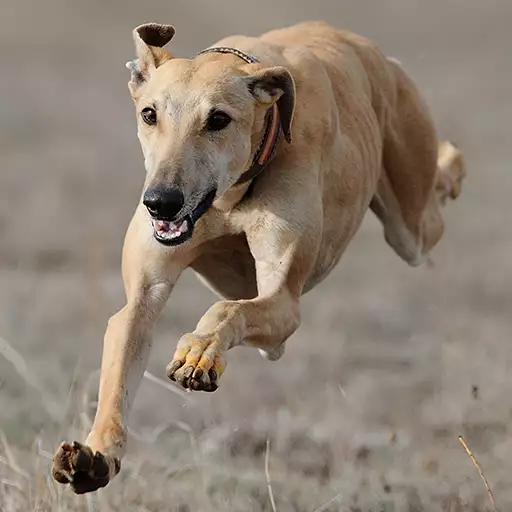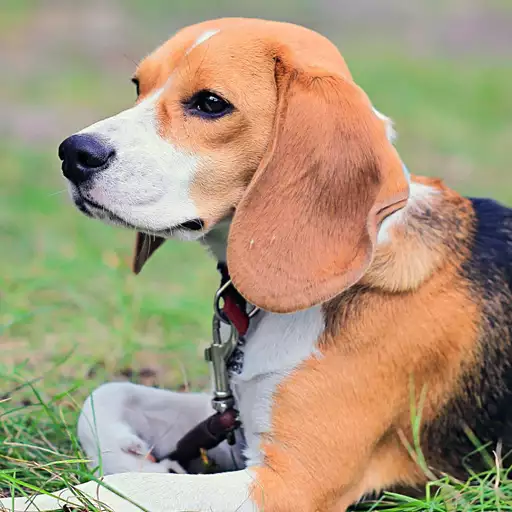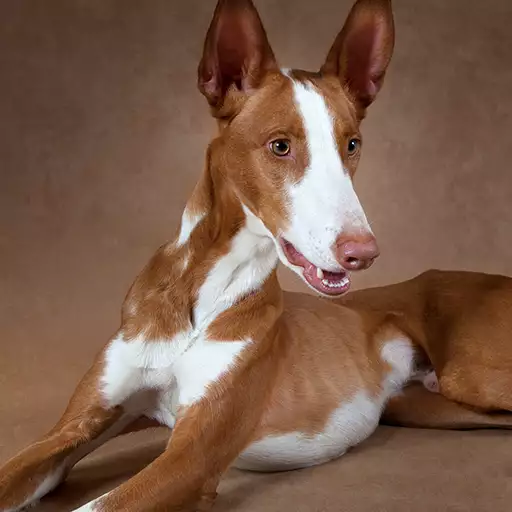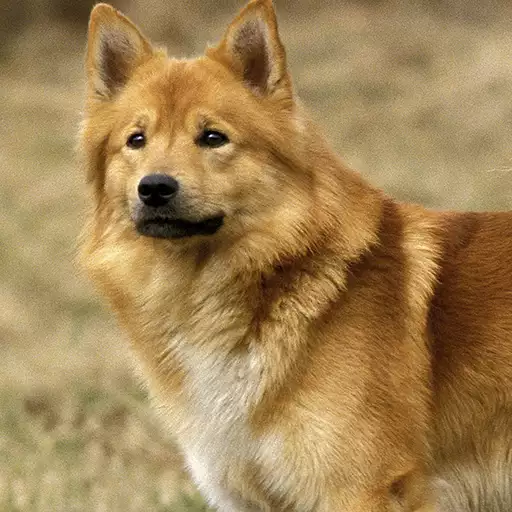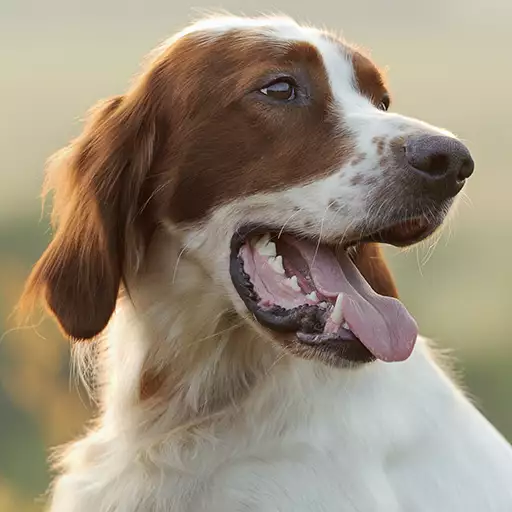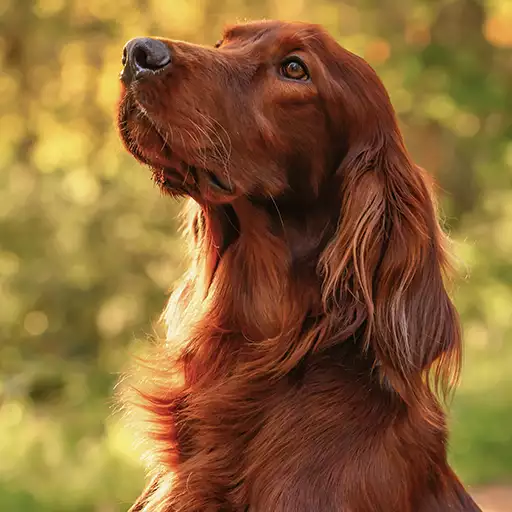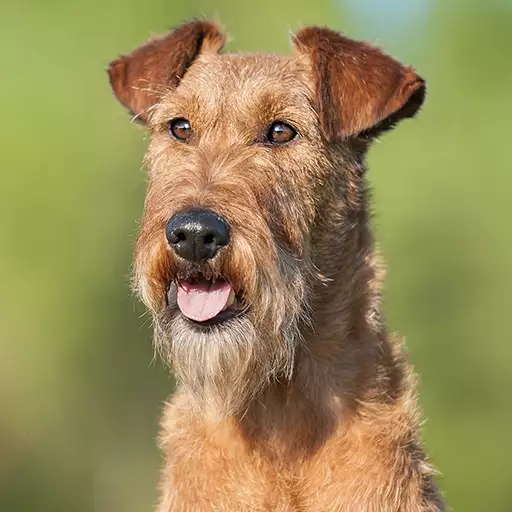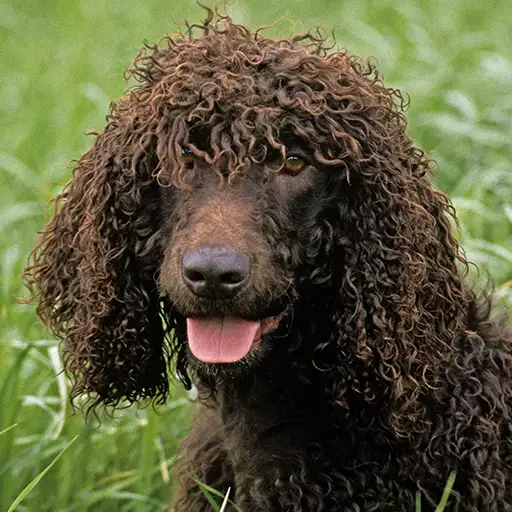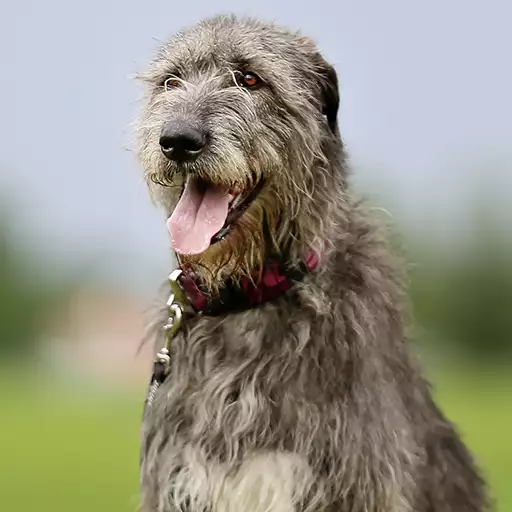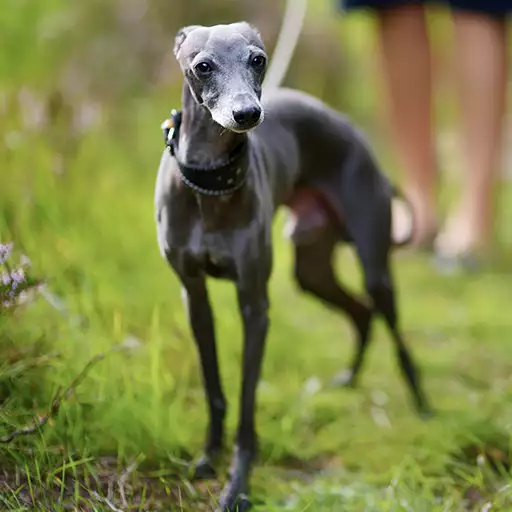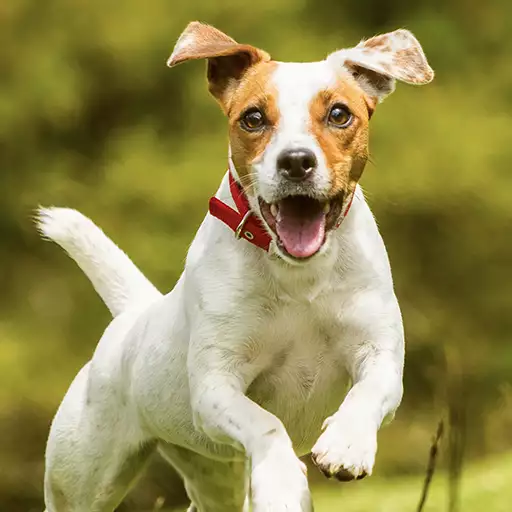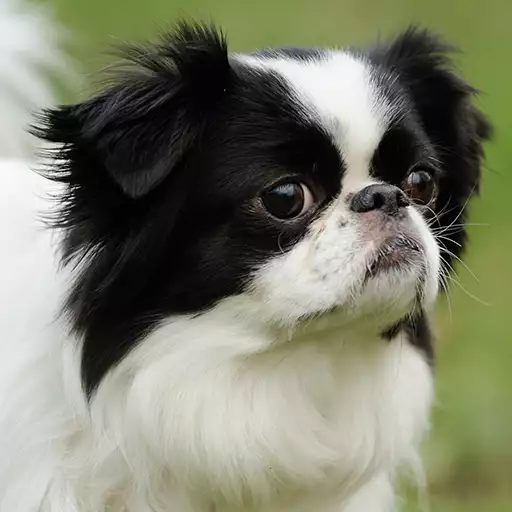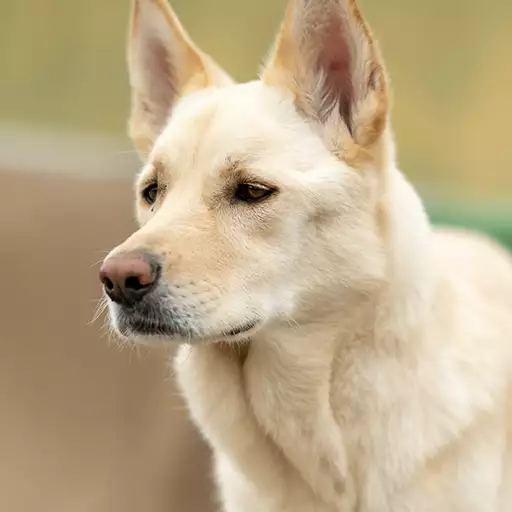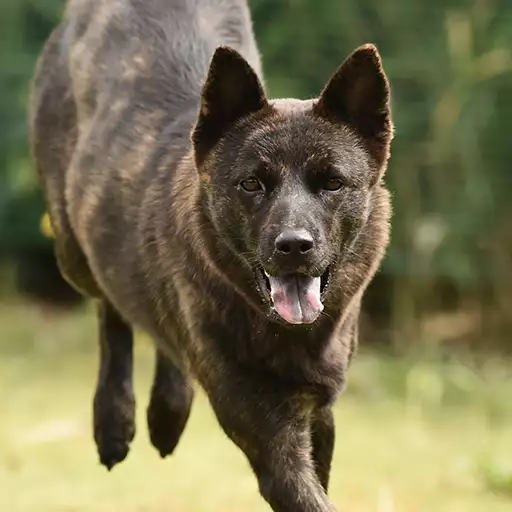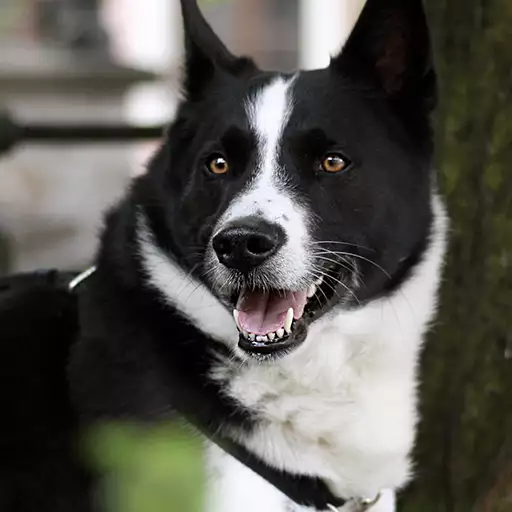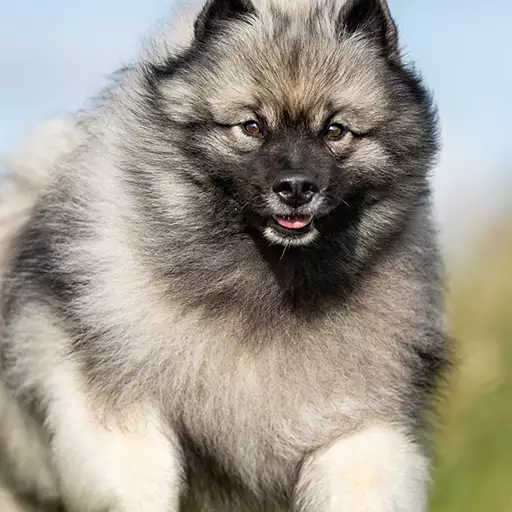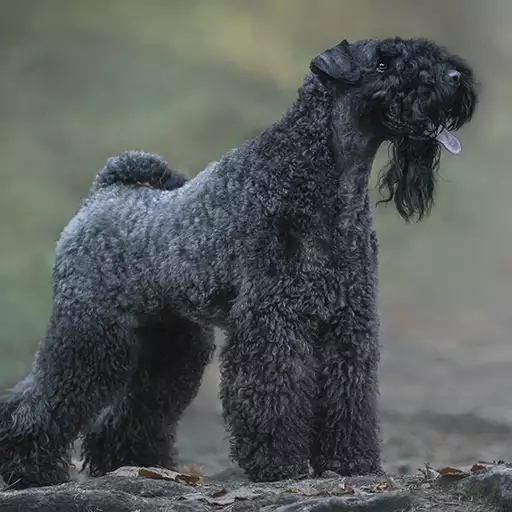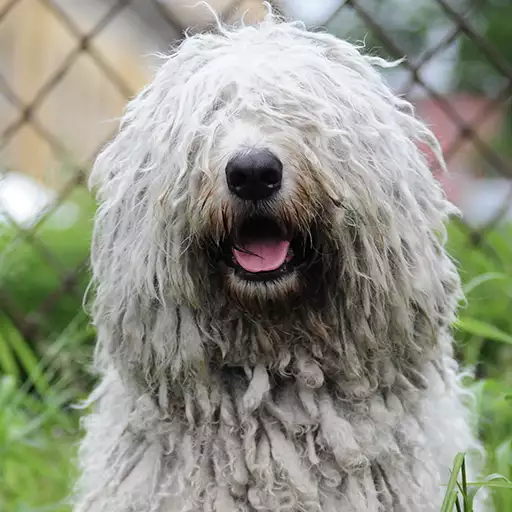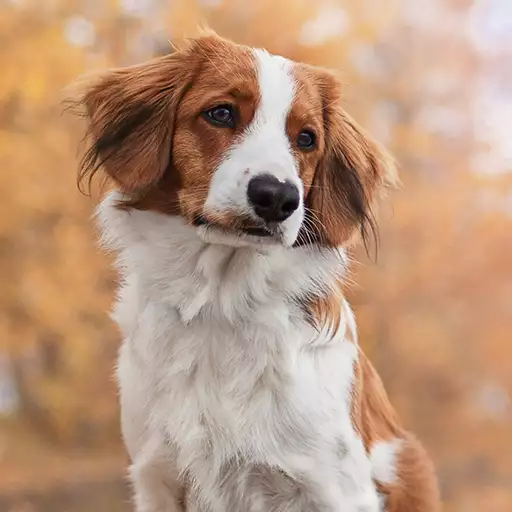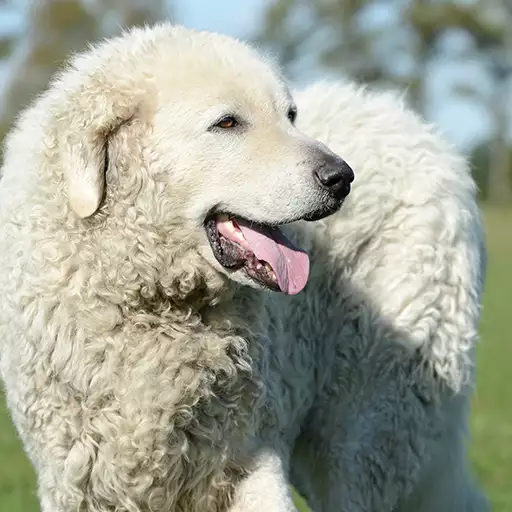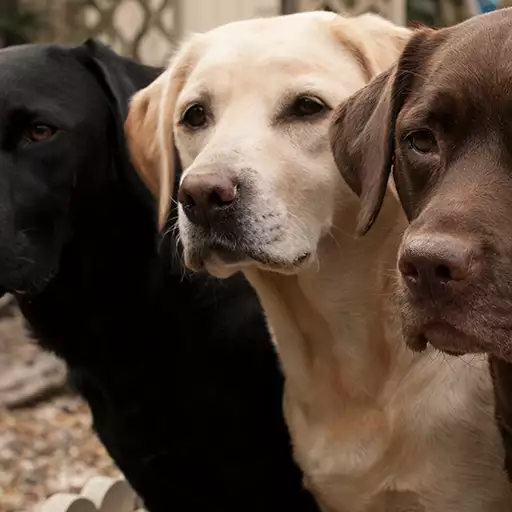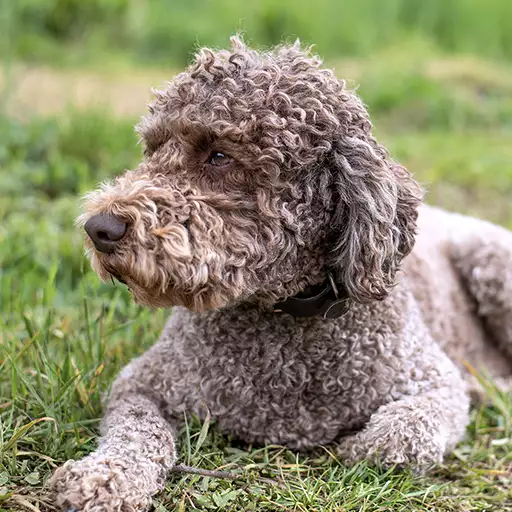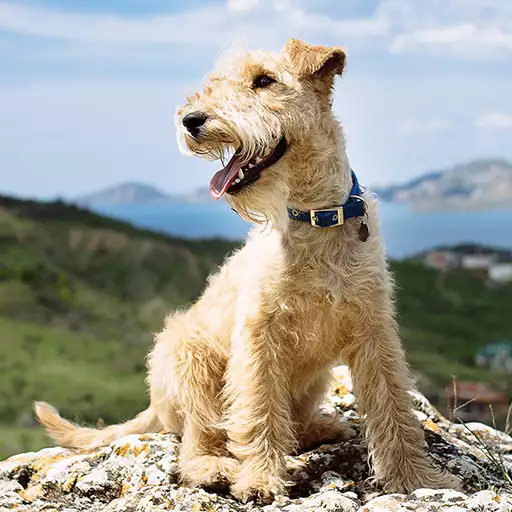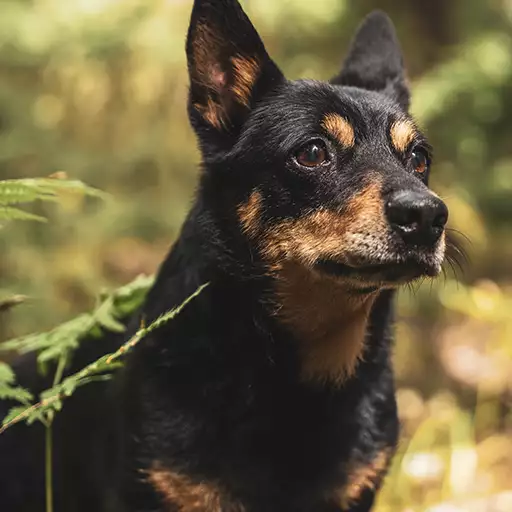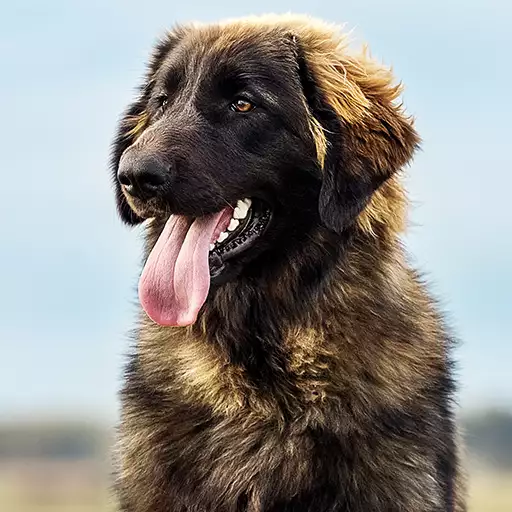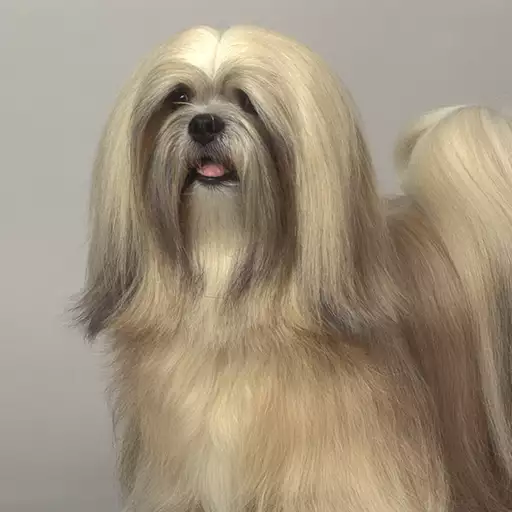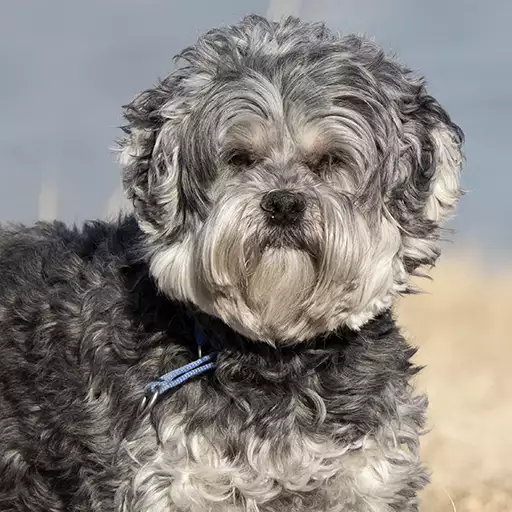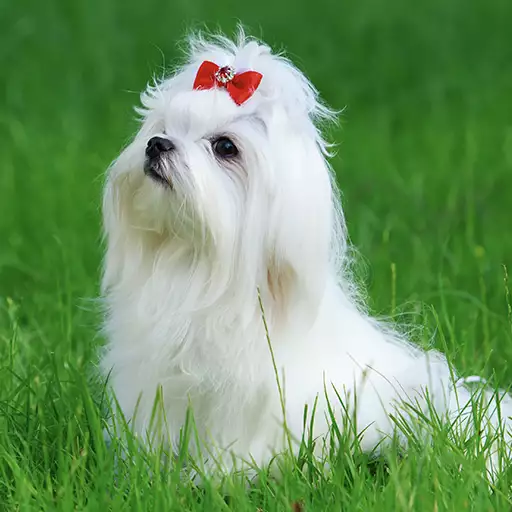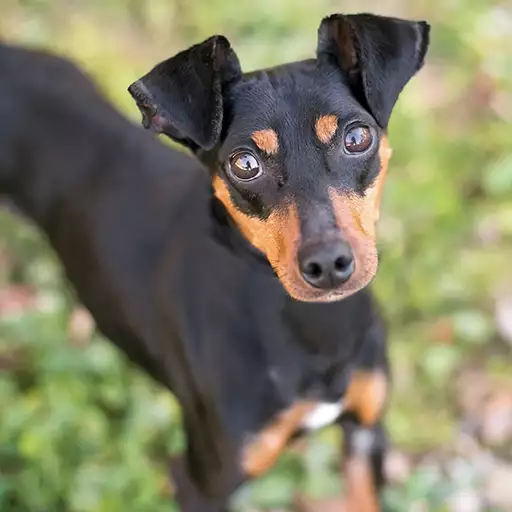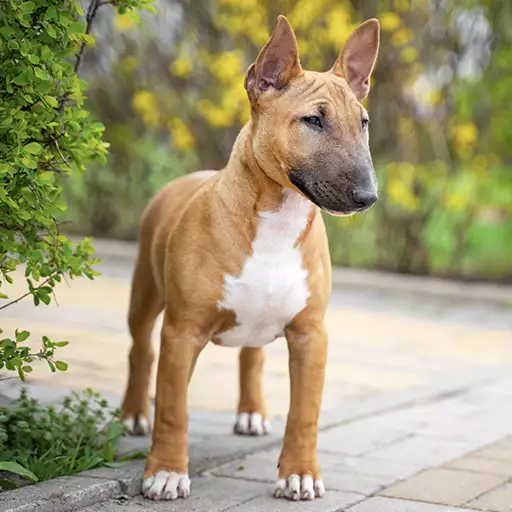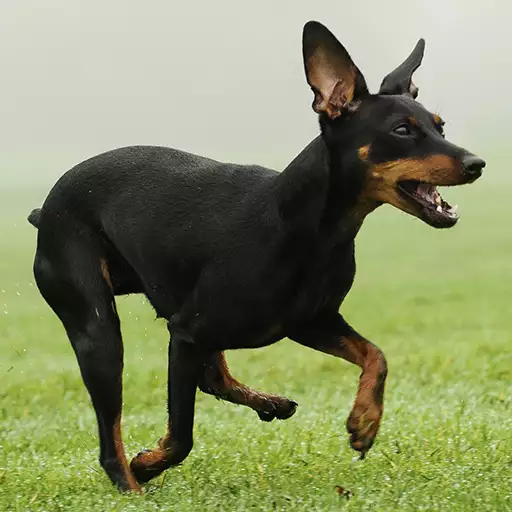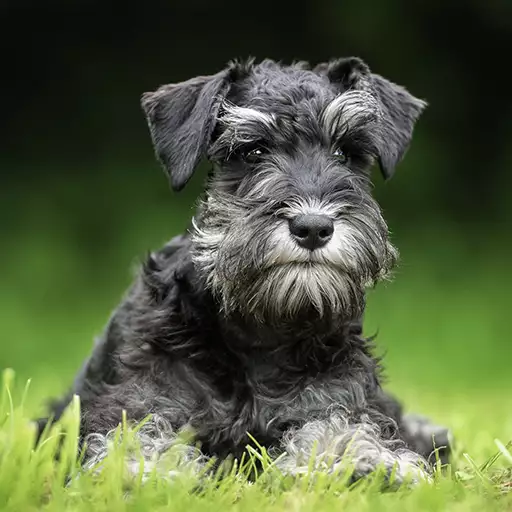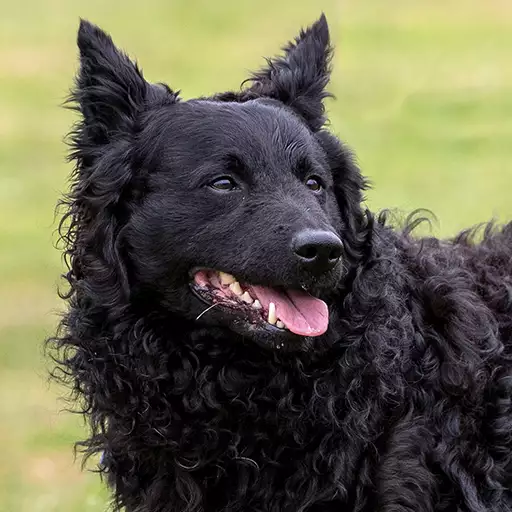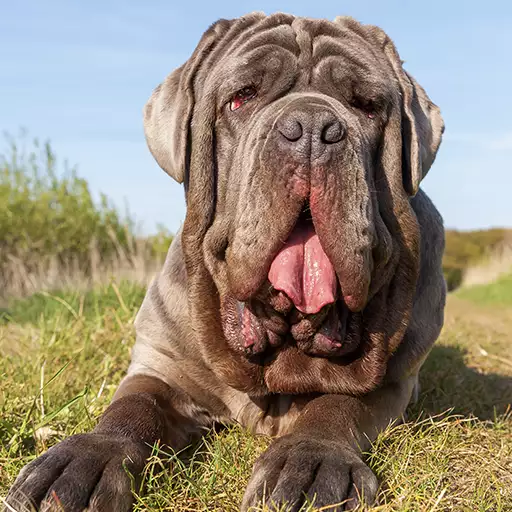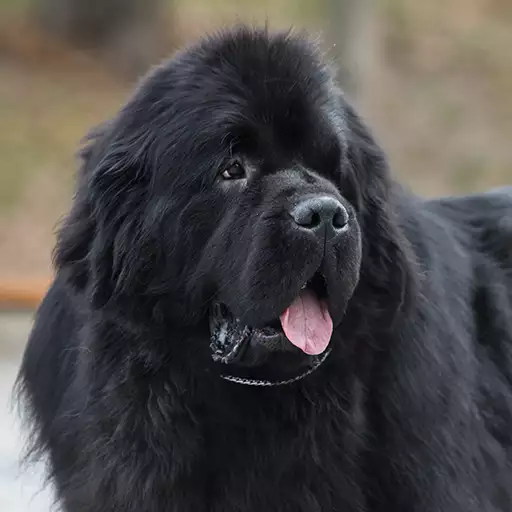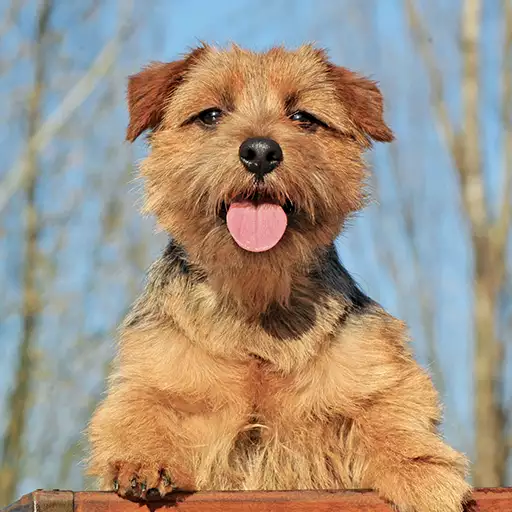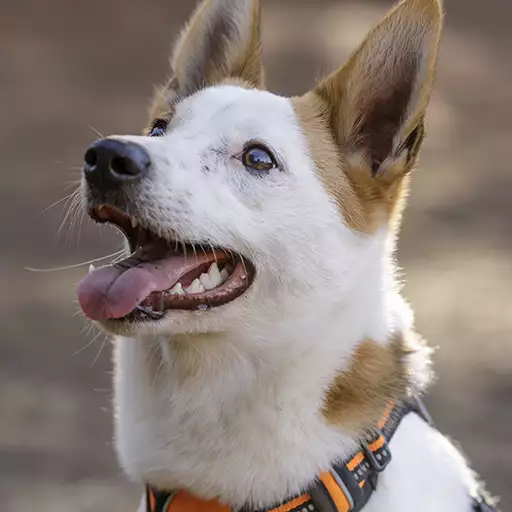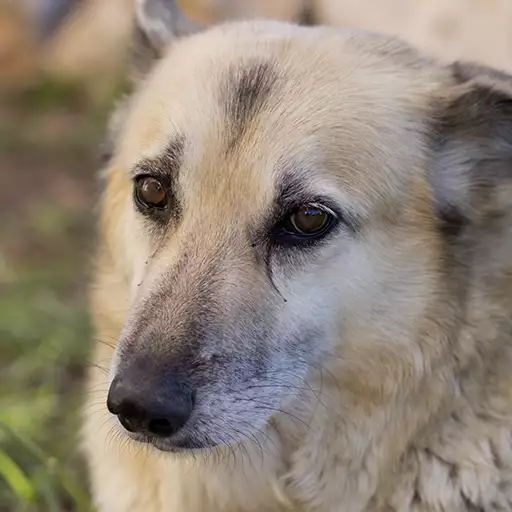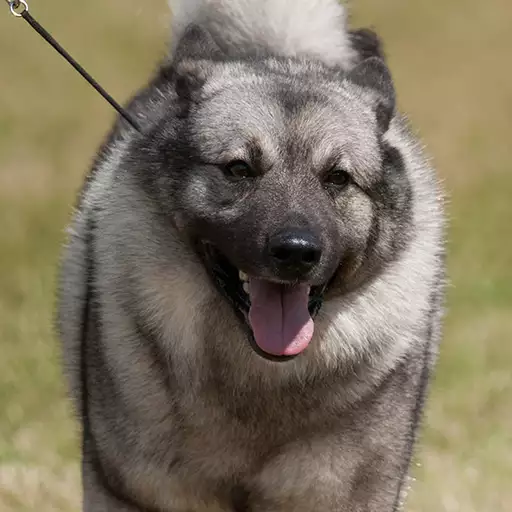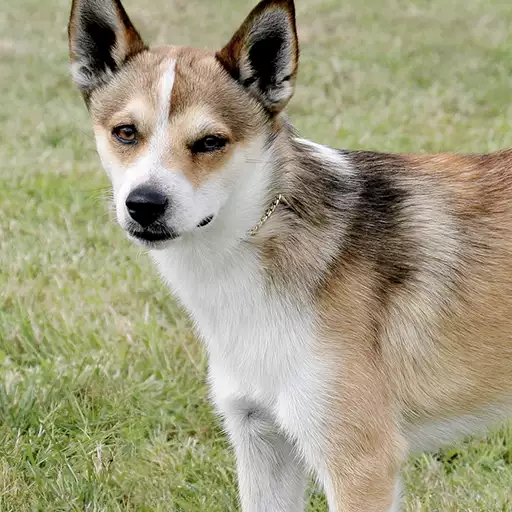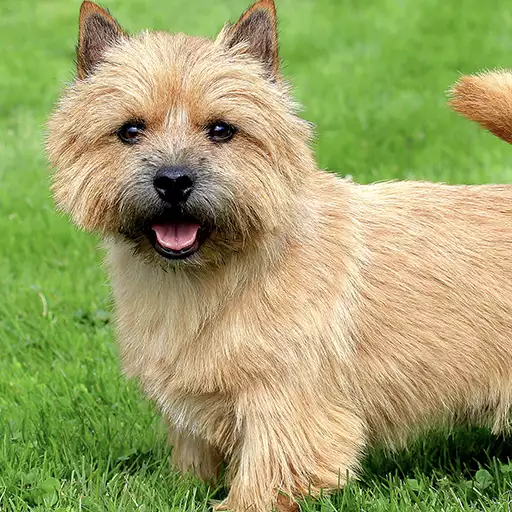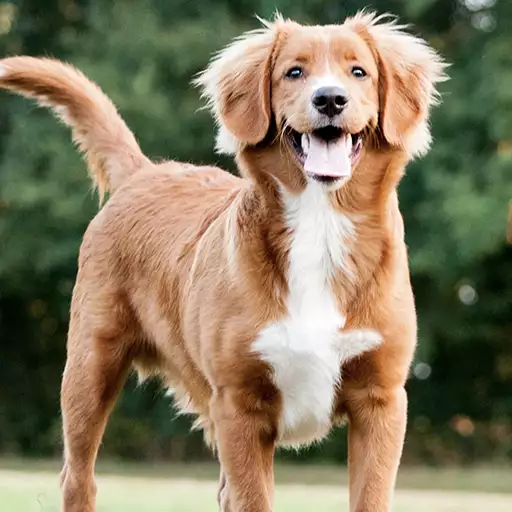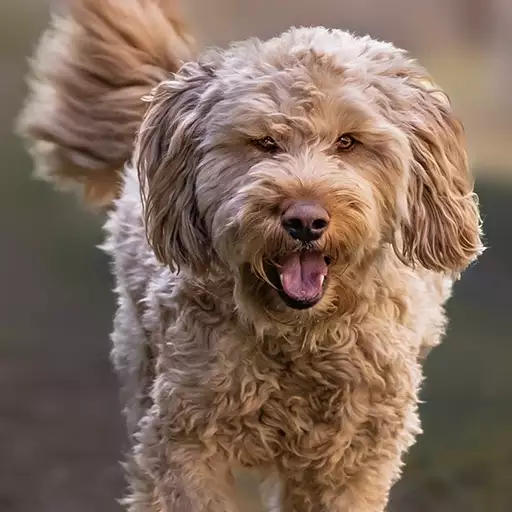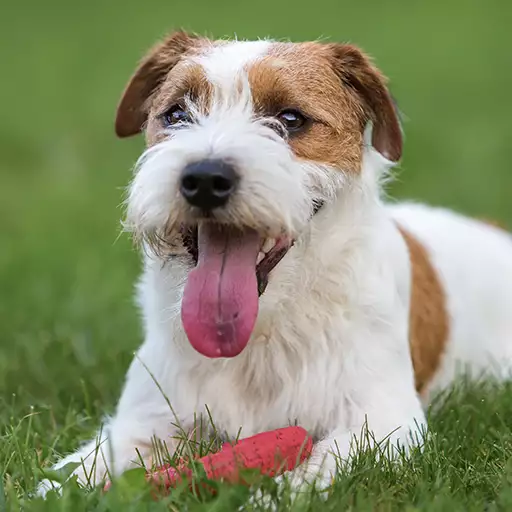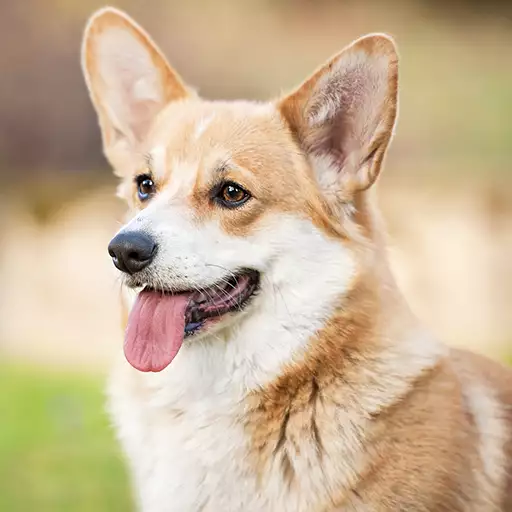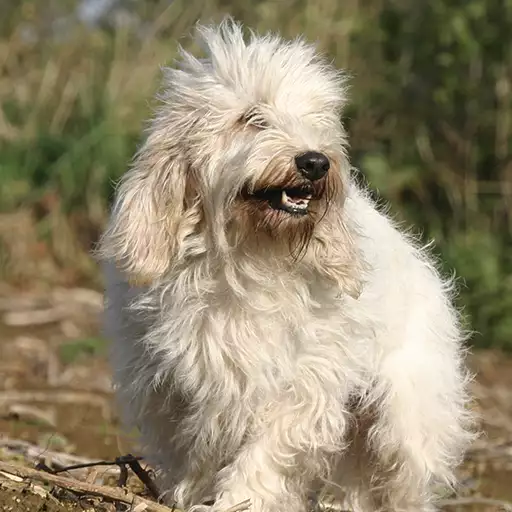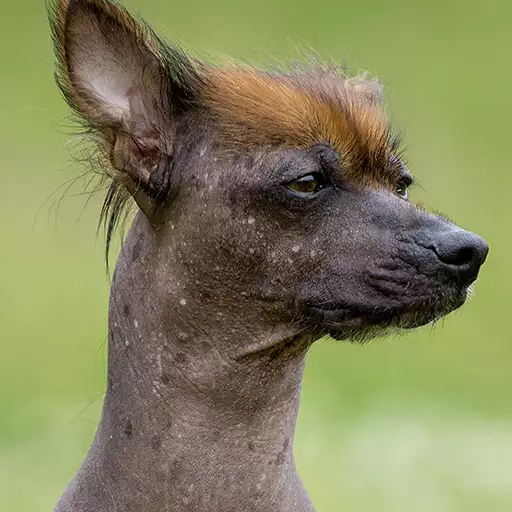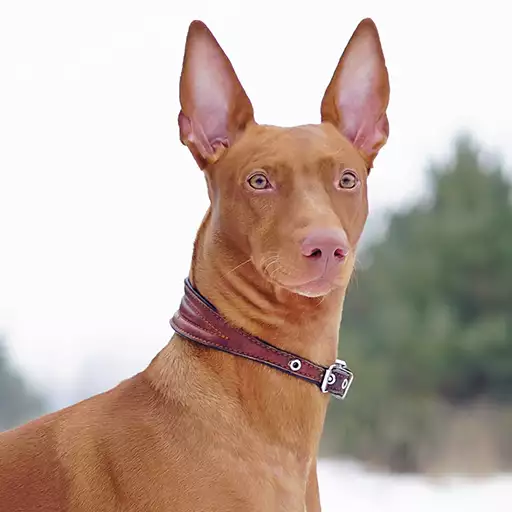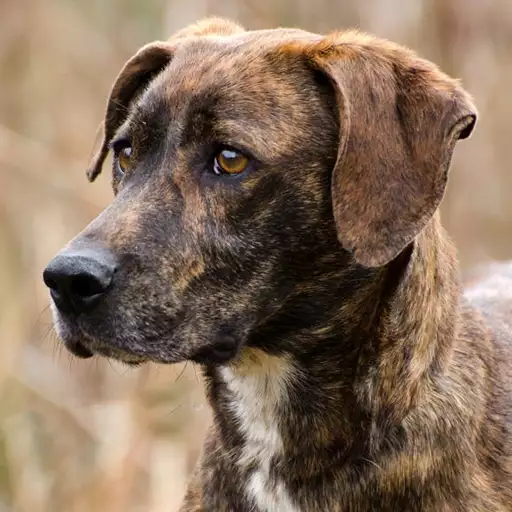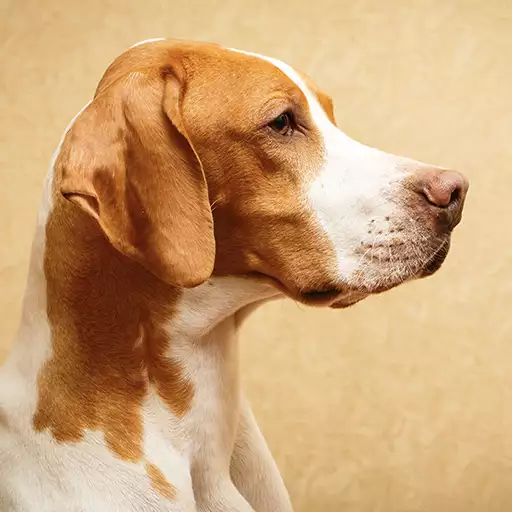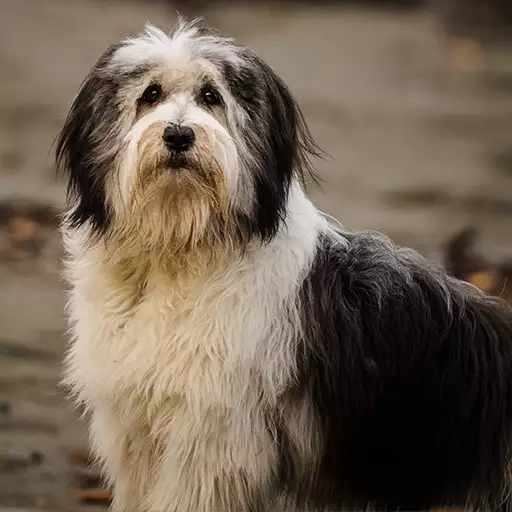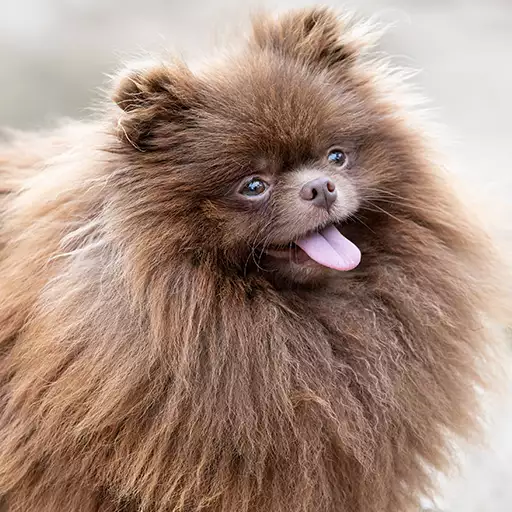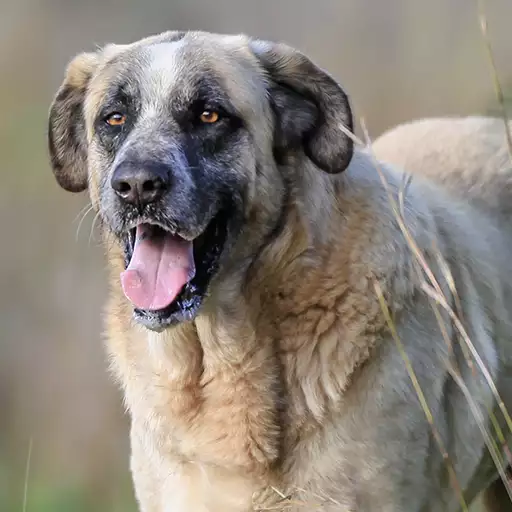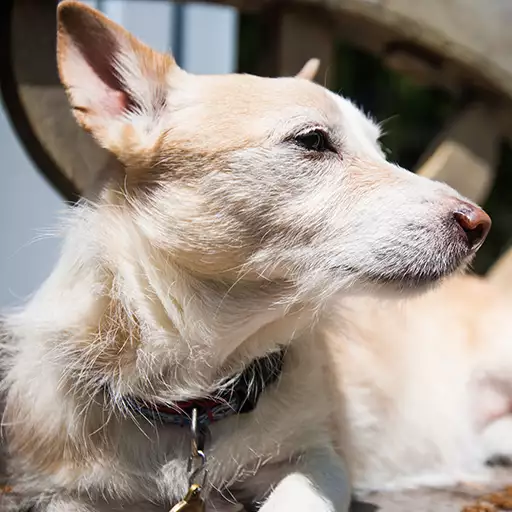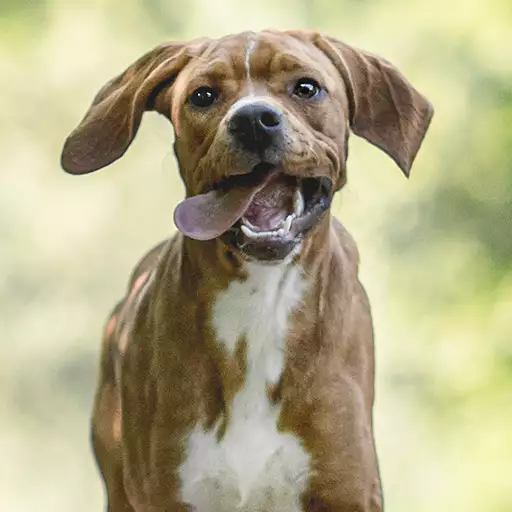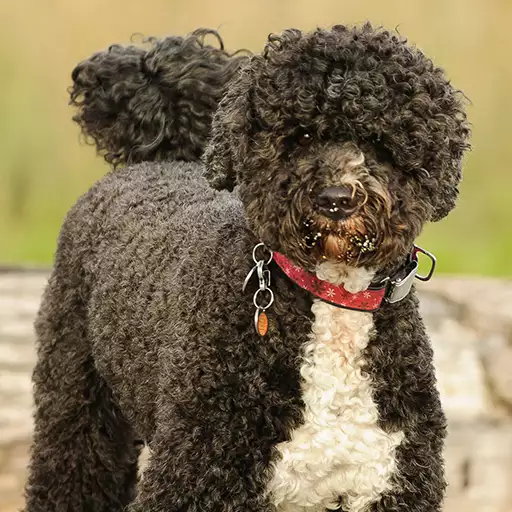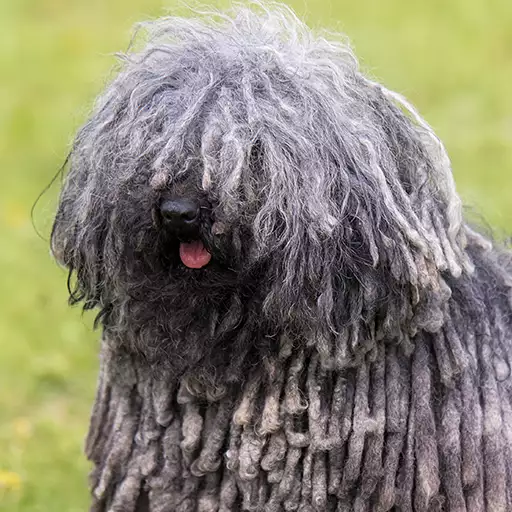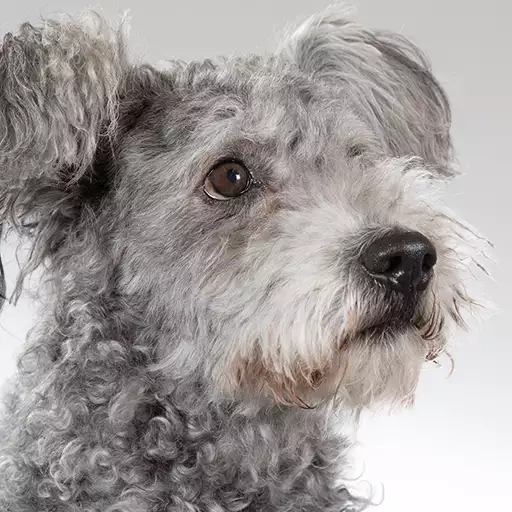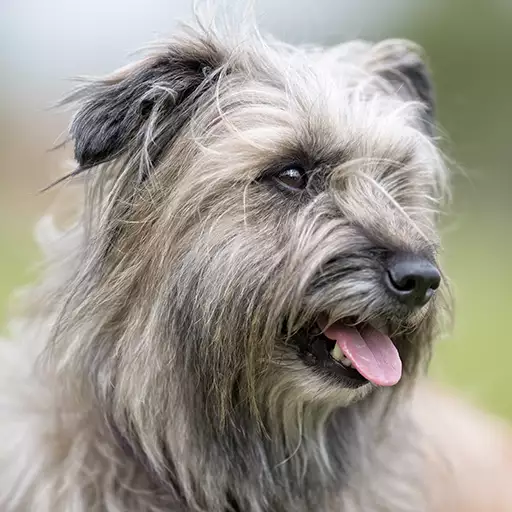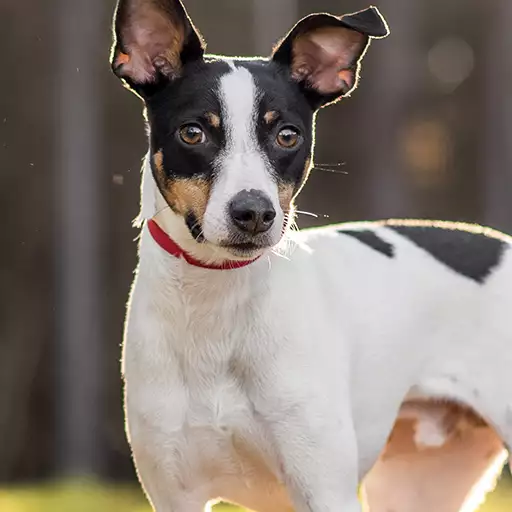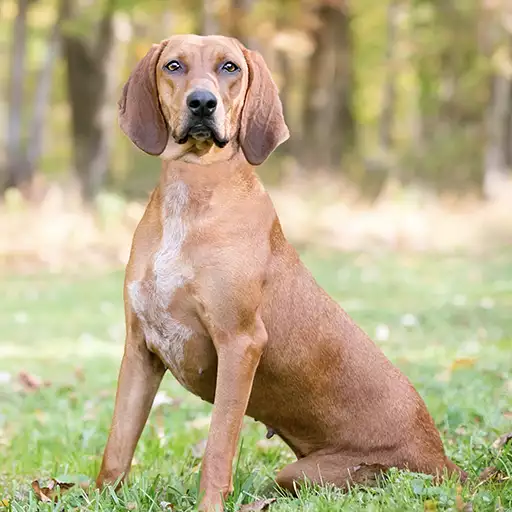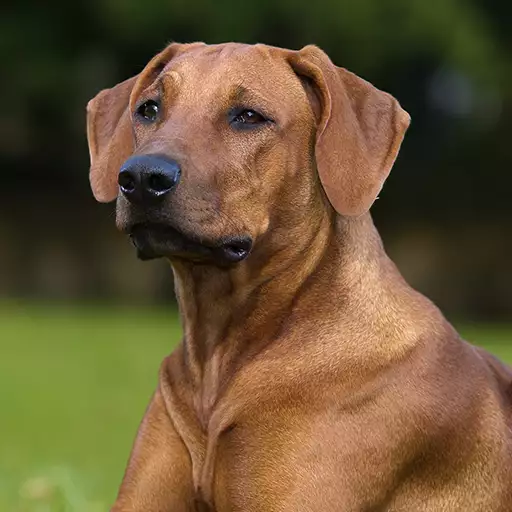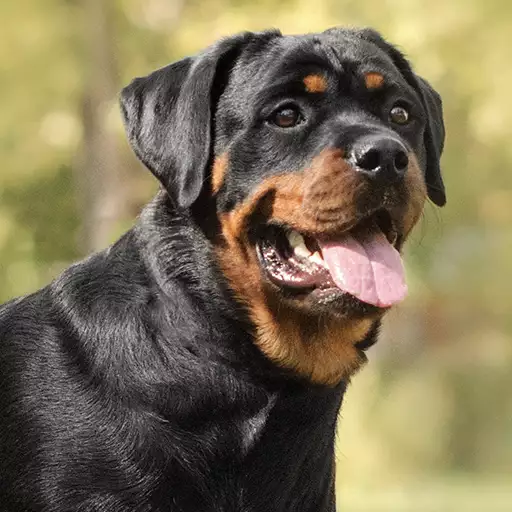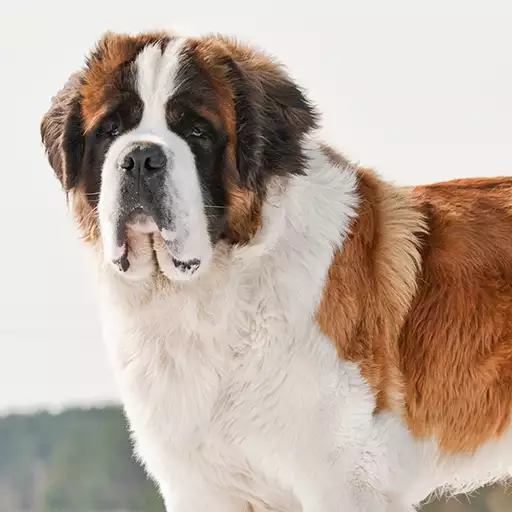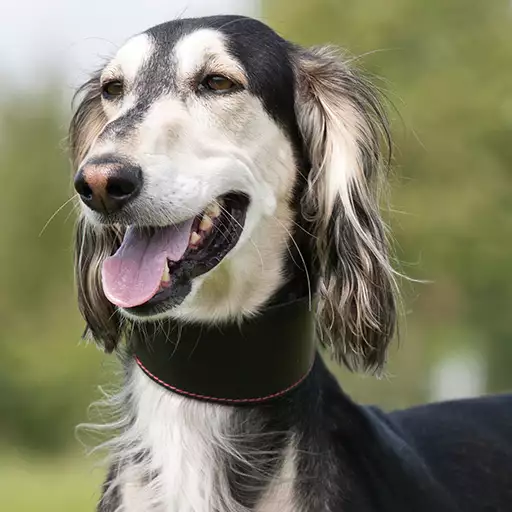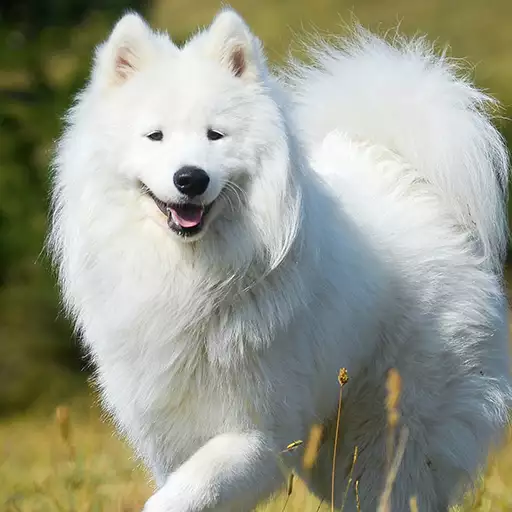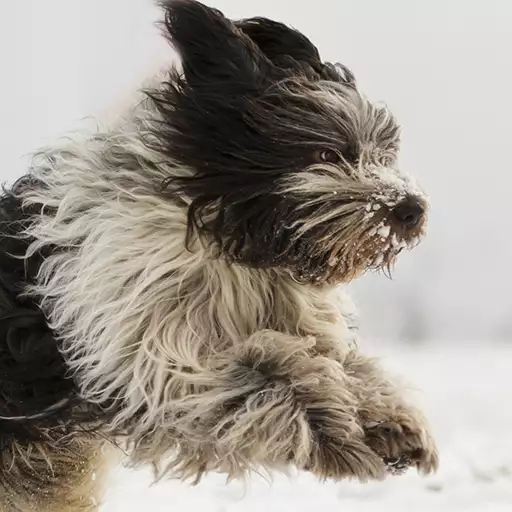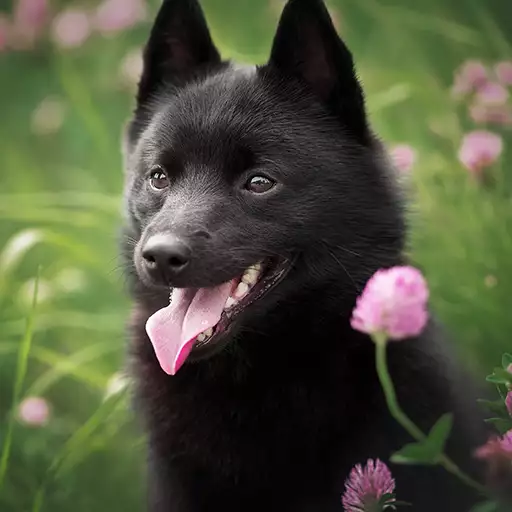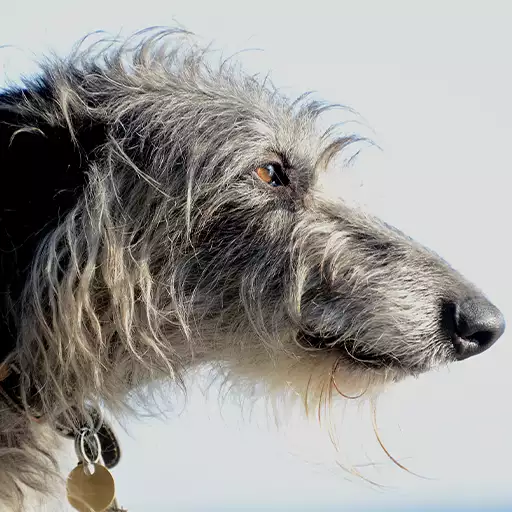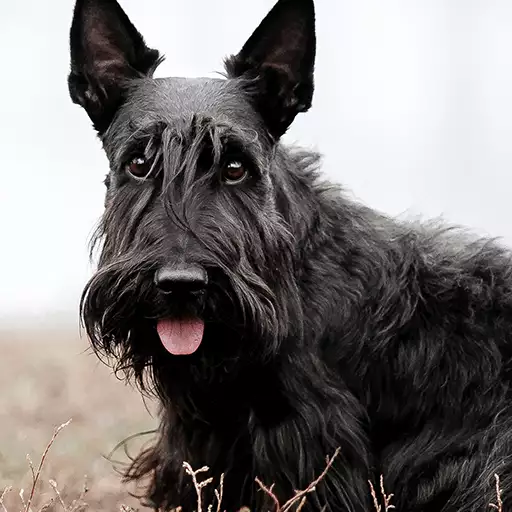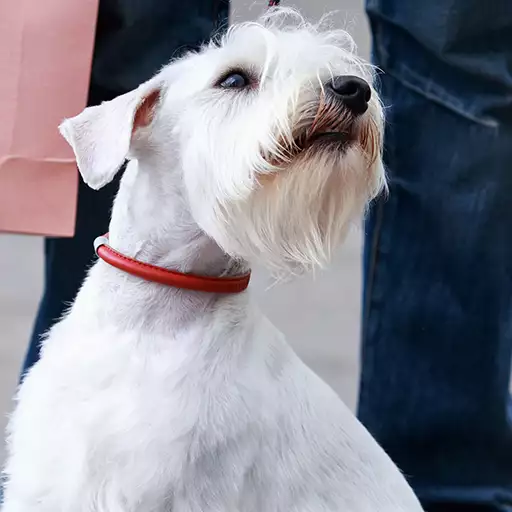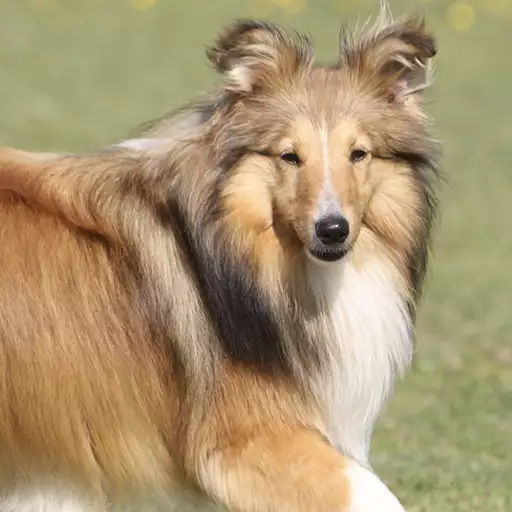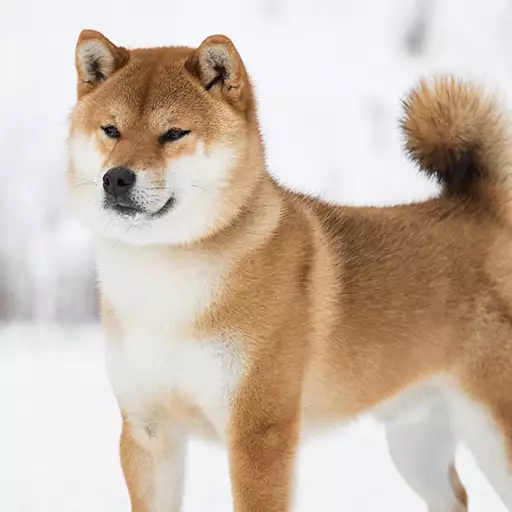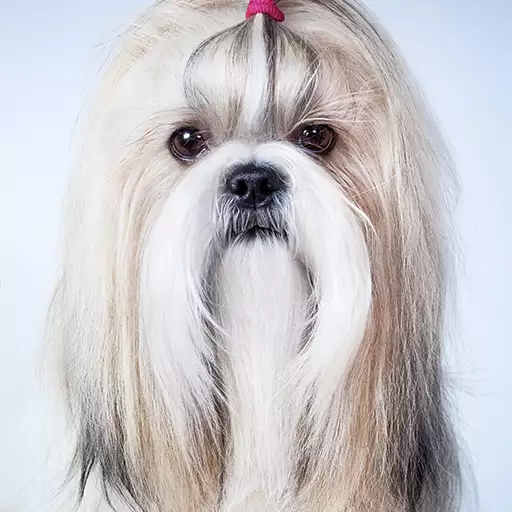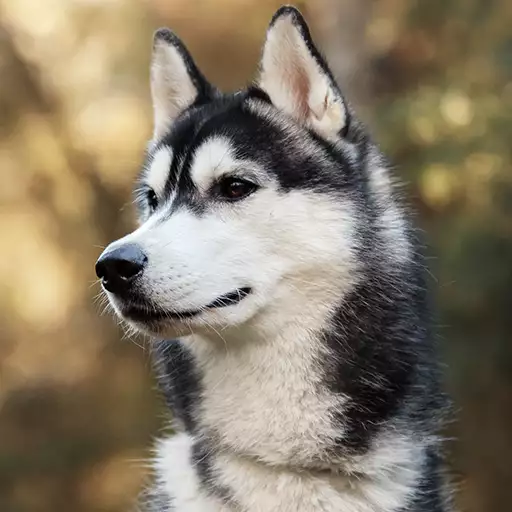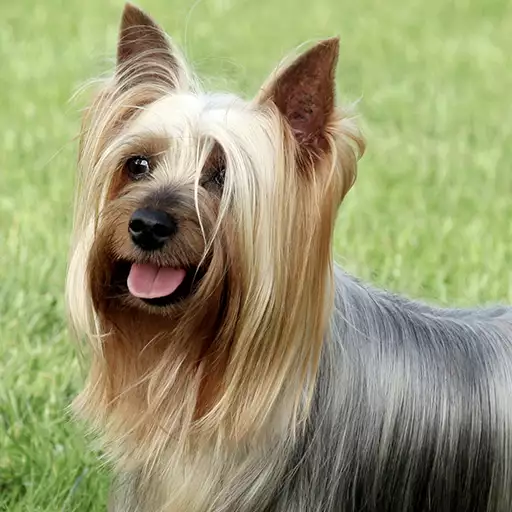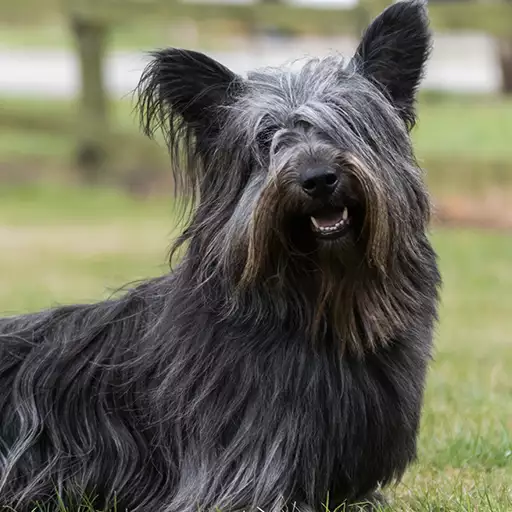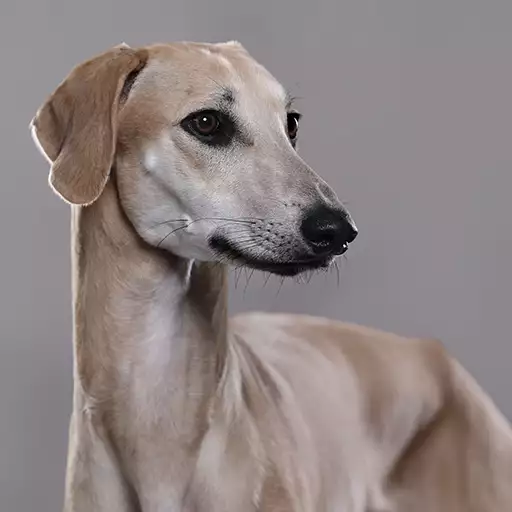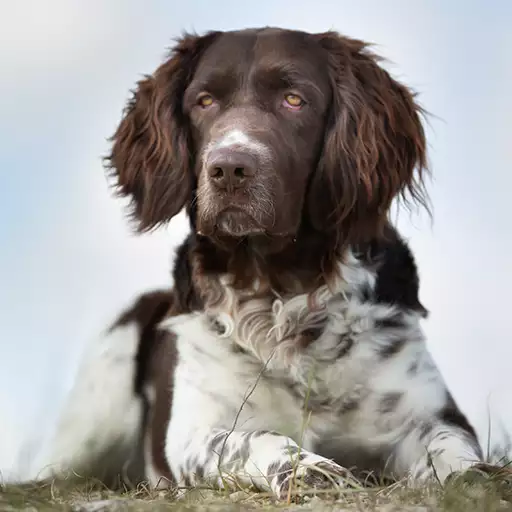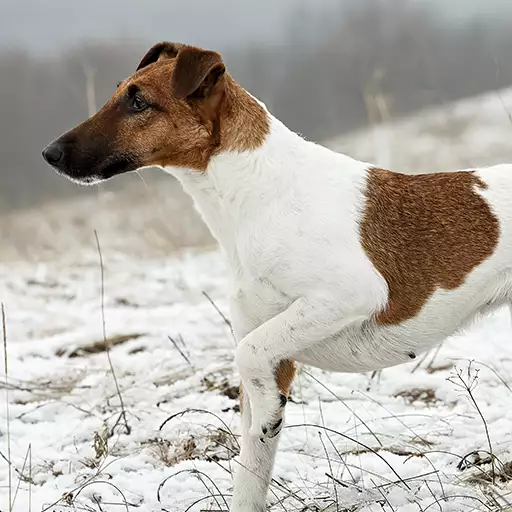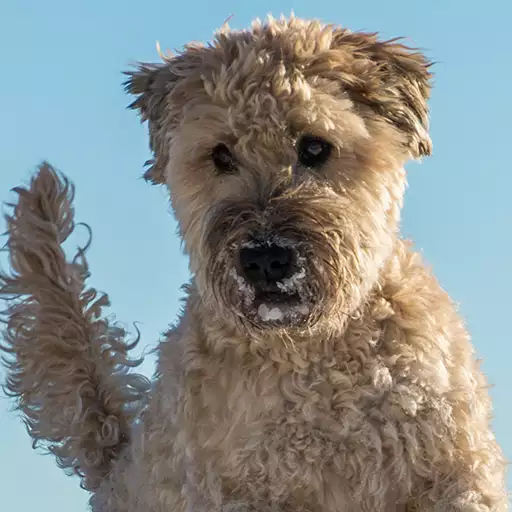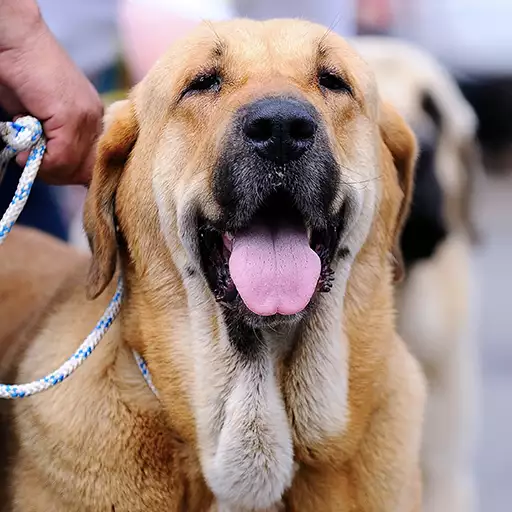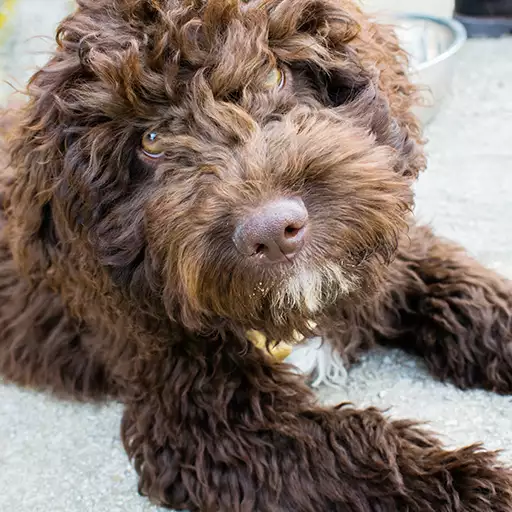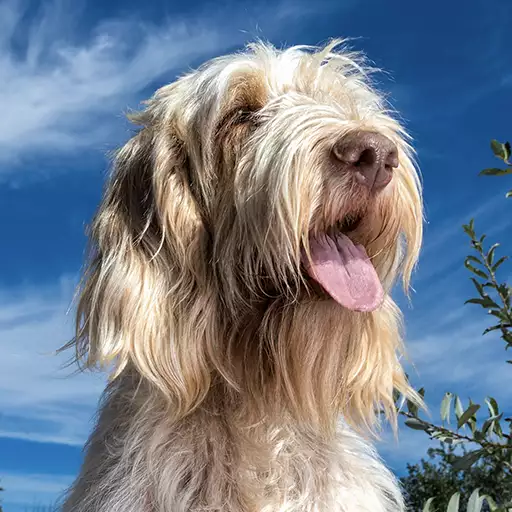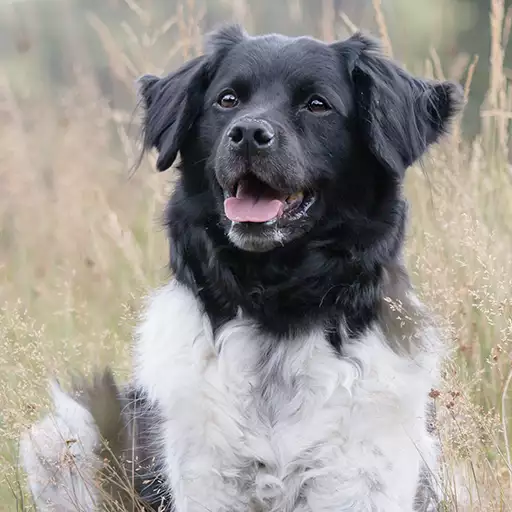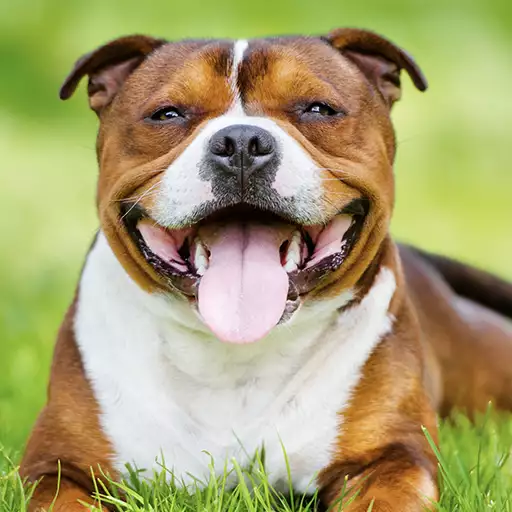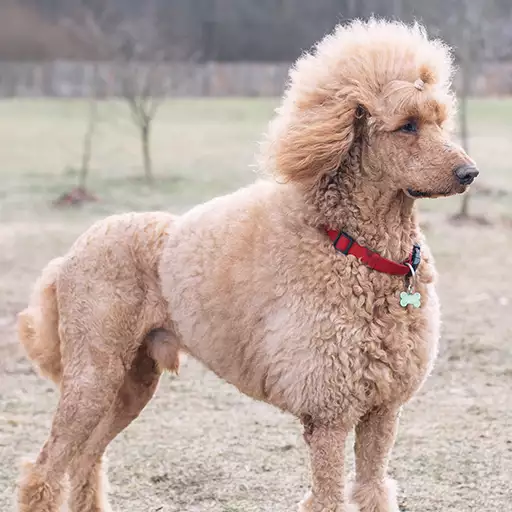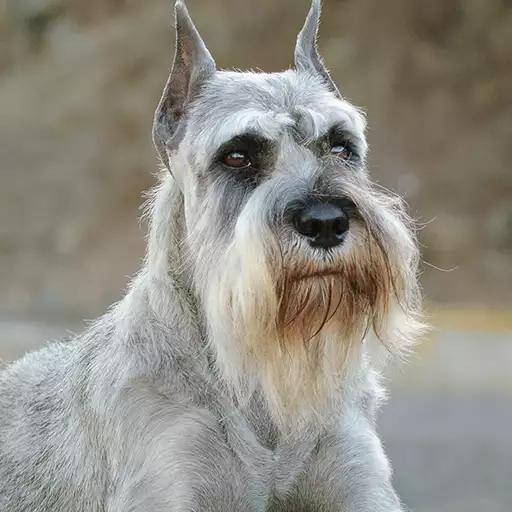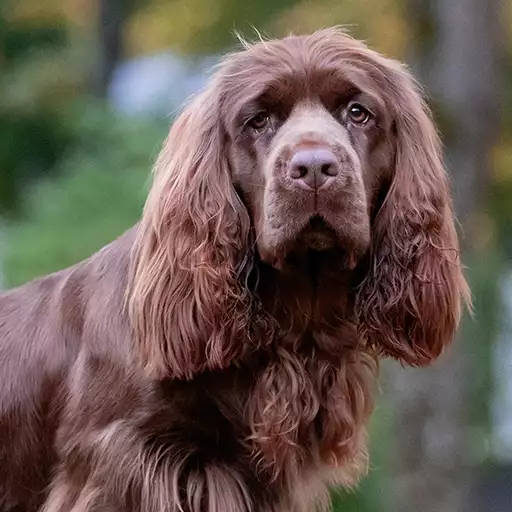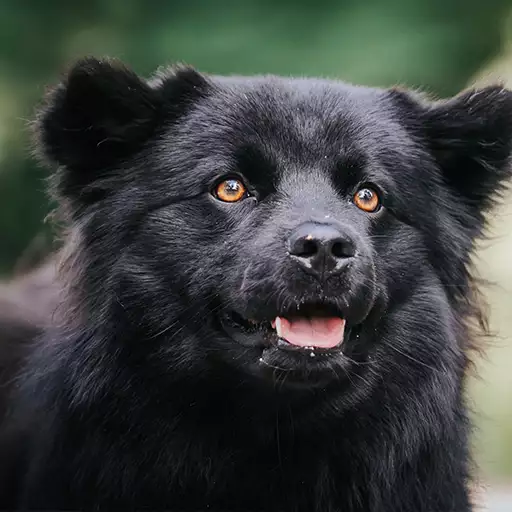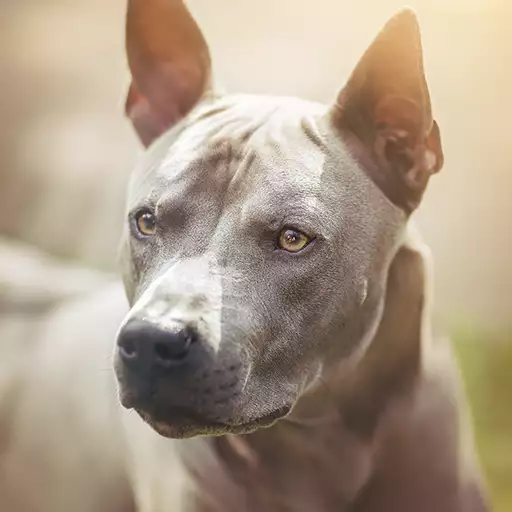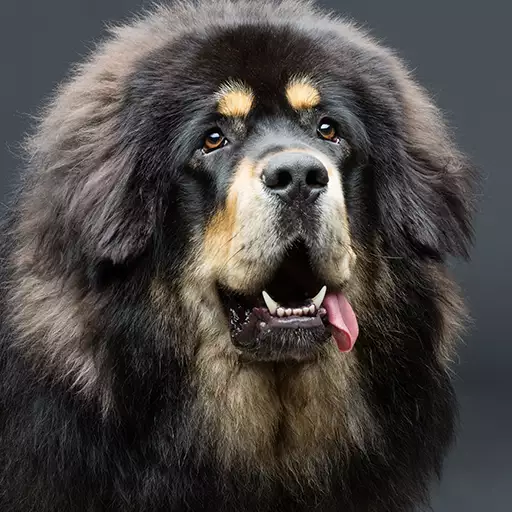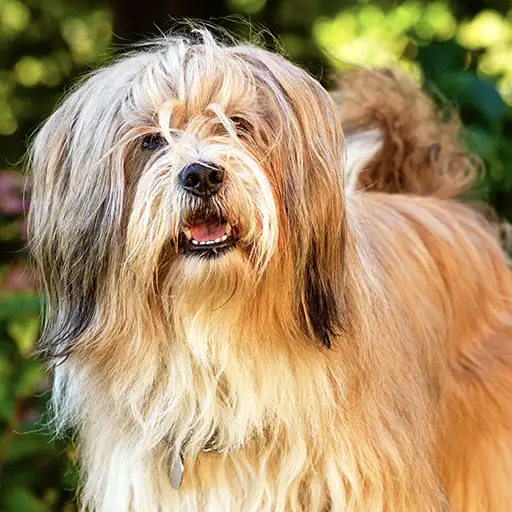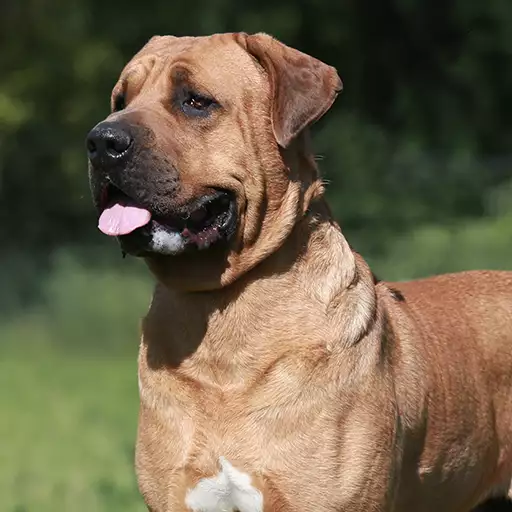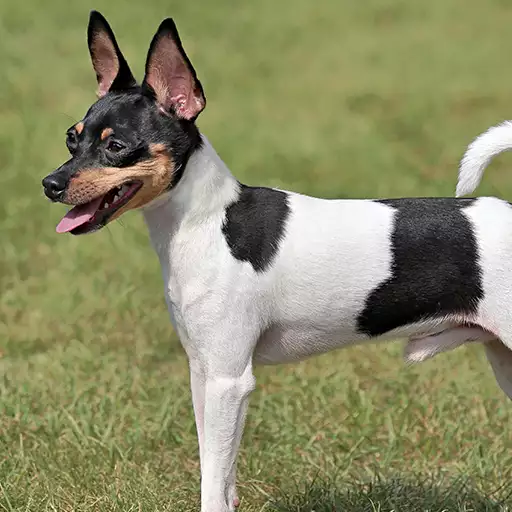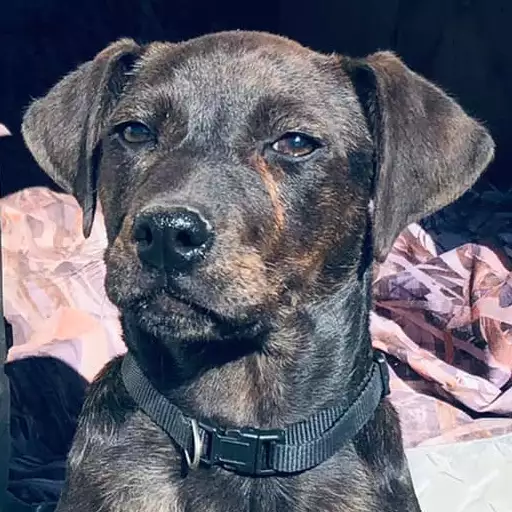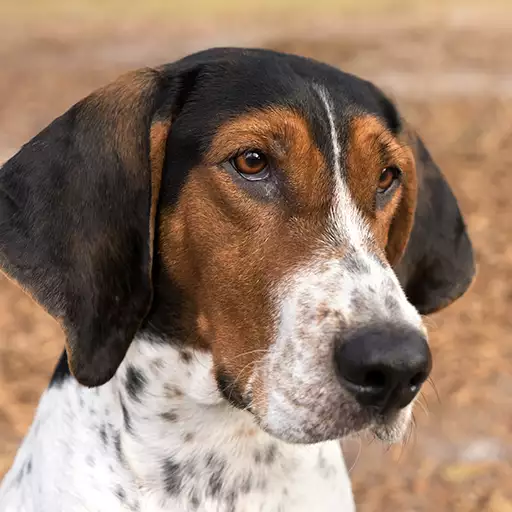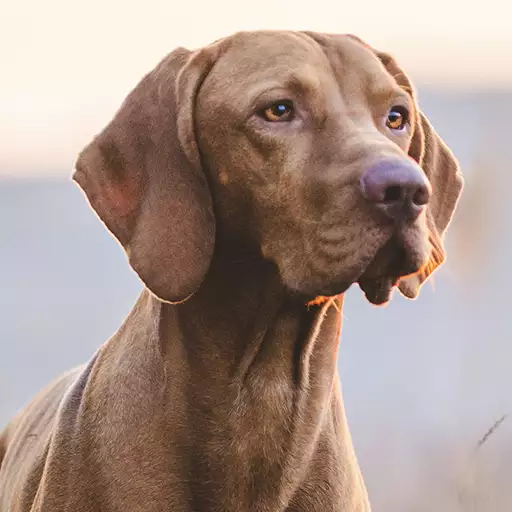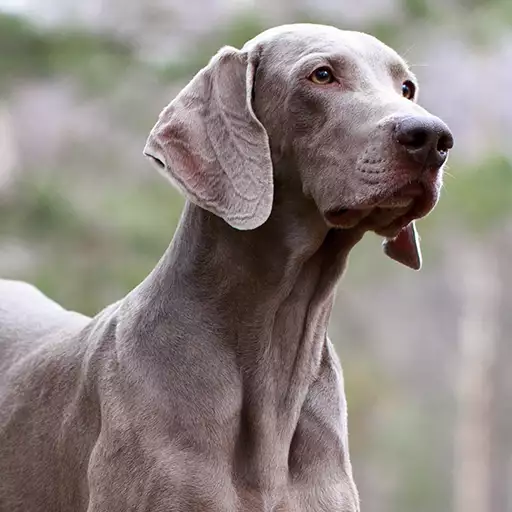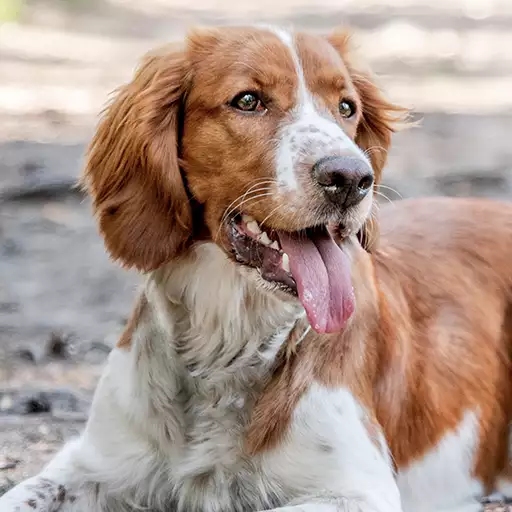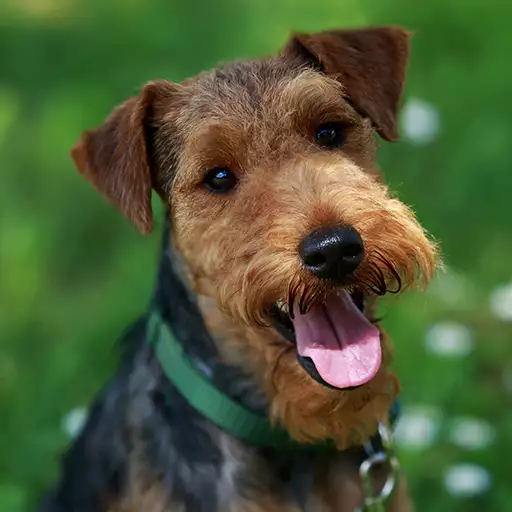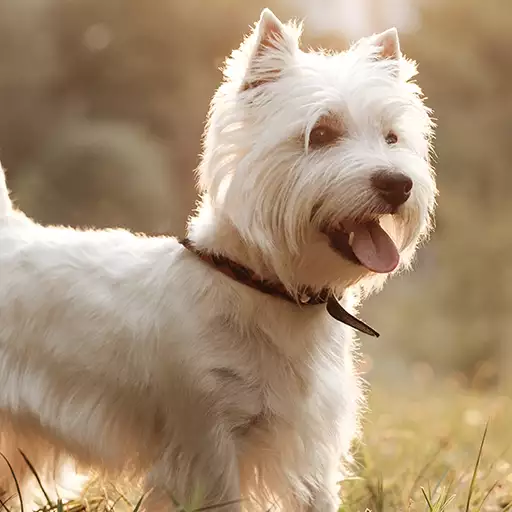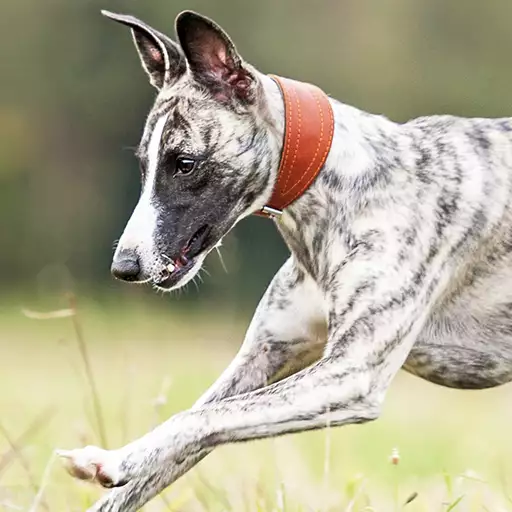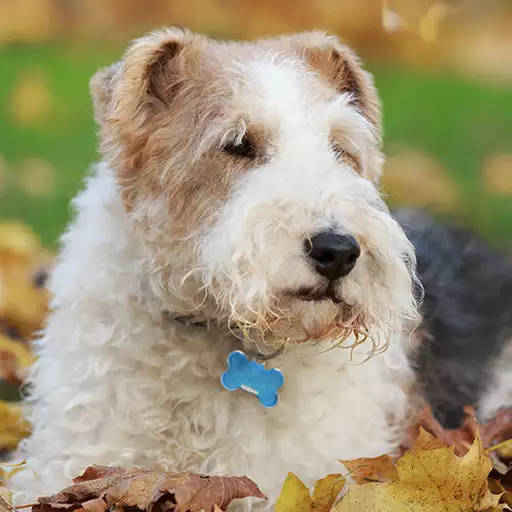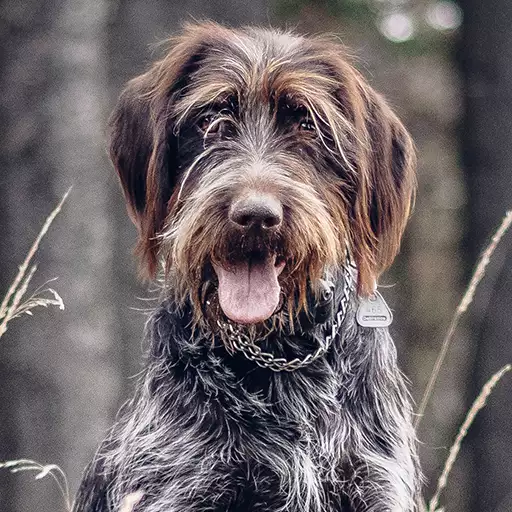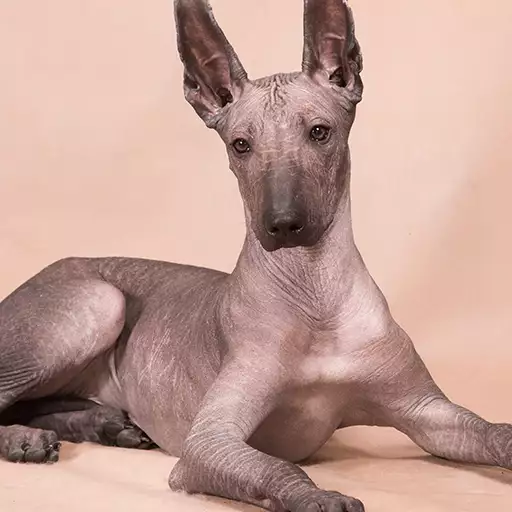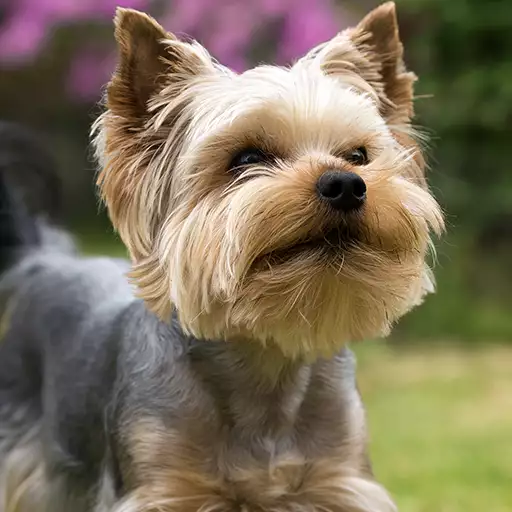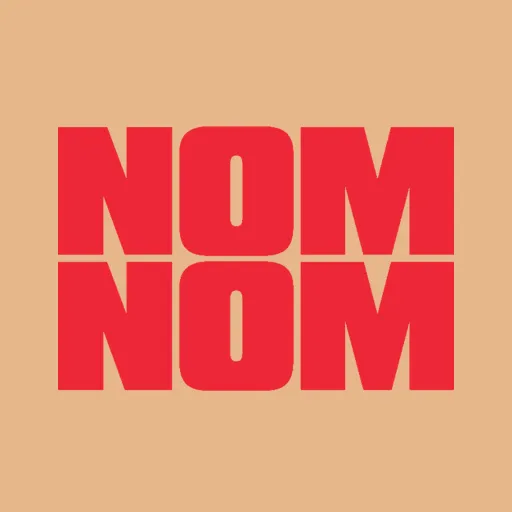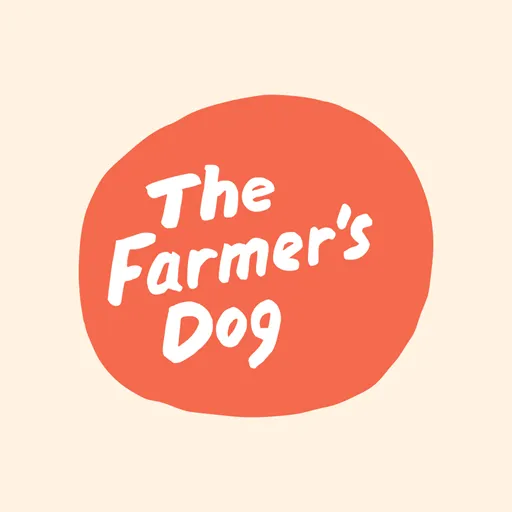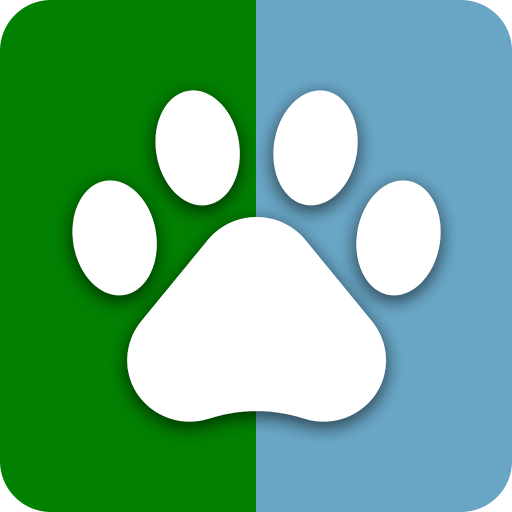Dog Breeds!
Finding the right dog breed for you and your family has never been easier!
Whether you’re looking for a pure-breed or mixed breed dog, an adoption or a for-sale by breeder, a non-shedding, kid-friendly, or fluffy addition to your home; we’ll help you find the perfect companion!
A – Dog Breeds Starting with A
Affenpinscher Afghan Hound Airedale Terrier Akbash Akita Alapaha Bulldog Alaskan Klee Klai Alaskan Malamute American Bulldog American Coonhound American Eskimo Dog American Foxhound American Hairless Terrier American Pitbull Terrier American Staffordshire Terrier American Water Spaniel Anatolian Shepherd Andalusian Hound Appenzell Mountain Dog Argentine Dogo Australian Cattle Dog (Blue Heeler) Australian Kelpie Australian Shepherd Australian Terrier Azawakh
B – Dog Breeds Starting with B
Barbet Basenji Basset Hound Beagle Bearded Collie Beauceron Bedlington Terrier Belgian Malinois Belgian Sheepdog Belgian Tervuren Bergamasco Berger Picard Bernese Mountain Dog Bichon Frise Black and Tan Coonhound Black Russian Terrier Bloodhound Bluetick Coonhound Boerboel Bolognese Border Collie Border Terrier Borzoi Boston Terrier Bouvier Des Flandres Boxer Boykin Spaniel Bracco Italiano Briard Brittany Spaniel Brussels Griffon Bulldog Bullmastiff Bull Terrier
C – Dog Breeds Starting with C
Cairn Terrier Canaan Dog Cane Corso Cardigan Welsh Corgi Carolina Dog Catahoula Leopard Dog Caucasian Ovcharka Cavalier King Charles Spaniel Central Asian Shepherd Dog Cesky Terrier Chesapeake Bay Retriever Chihuahua Chinese Chongqing Chinese Crested Chinook Chow Chow Cirneco dell’Etna Clumber Spaniel Collie Coton De Tulear Curly-Coated Retriever Czechoslovakian Wolfdog
D – Dog Breeds Starting with D
Dachshund Dalmatian Dandie Dinmont Terrier Doberman Pinscher Dogue De Bordeaux Dutch Shepherd
E – Dog Breeds Starting with E
English Cocker Spaniel English Foxhound English Setter English Springer Spaniel English Toy Spaniel Entlebucher Mountain Dog Estrela Mountain Dog Eurasier
F – Dog Breeds Starting with F
Field Spaniel Finnish Laphund Finnish Spitz Flat-Coated Retreiver French Bulldog
G – Dog Breeds Starting with G
German Pinscher German Shepherd German Shorthaired Pointer German Wirehaired Pointer Giant Schnauzer Glen of Imaal Terrier Golden Retriever Gordon Setter Grand Basset Griffon Great Dane Great Pyrenees Greater Swiss Mountain Dog Greyhound
H – Dog Breeds Starting with H
Harrier Havanese
I – Dog Breeds Starting with I
Ibizan Hound Icelandic Sheepdog Irish Red and White Setter Irish Setter Irish Terrier Irish Water Spaniel Irish Wolfhound Italian Greyhound
J – Dog Breeds Starting with J
Jack Russell Terrier Japanese Chin Jindo
K – Dog Breeds Starting with K
Kai Ken Karelian Bear Dog Keeshond Kerry Blue Terrier Kishu Ken Komondor Kooikerhondje Kuvasz
L – Dog Breeds Starting with L
Labrador Retriever Lagotto Romagnolo Lakeland Terrier Lancashire Heeler Leonberger Lhasa Apso Lowchen
M – Dog Breeds Starting with M
Maltese Manchester Terrier Mastiff Miniature Bull Terrier Miniature Pinscher Miniature Poodle Miniature Schnauzer Mudi
N – Dog Breeds Starting with N
Neopolitan Mastiff Newfoundland Norfolk Terrier Norrbottenspets Norwegian Buhund Norwegian Elkhound Norwegian Lundehund Norwich Terrier Nova Scotia Tolling Duck Retriever
O – Dog Breeds Starting with O
Old English Sheepdog Otterhound
P – Dog Breeds Starting with P
Papillon Parson Russell Terrier Pekingese Pembroke Welsh Terrier Petit Basset Griffon Peruvian Inca Orchid Pharaoh Hound Plott Pointer (English) Polish Sheepdog Pomeranian Portuguese Mastiff Portuguese Podento Portuguese Pointer Portuguese Water Dog Presa Canario Pug Puli Pumi Pyrenean Shepherd
R – Dog Breeds Starting with R
Rat Terrier Redbone Coonhound Rhodesian Ridgeback Rottweiler
S – Dog Breeds Starting with S
Saint Bernard Saluki Samoyed Schapendoes Schipperke Scottish Deerhound Scottish Terrier Sealyham Terrier Shar Pei (Chinese) Shetland Sheepdog Shiba Inu Shih Tzu Siberian Husky Silky Terrier Skye Terrier Sloughi Small Munsterlander Smooth Fox Terrier Soft-Coated Wheaten Spanish Mastiff Spanish Water Dog Spinone Italiano Stabyhoun Staffordshire Bull Terrier Standard Poodle Standard Schnauzer Sussex Spaniel Swedish Lapphund Swedish Vallhund
T – Dog Breeds Starting with T
Thai Ridgeback Tibetan Mastiff Tibetan Spaniel Tibetan Terrier Tosa Toy Fox Terrier Treeing Tennessee Brindle Treeing Walker Coonhound
V – Dog Breeds Starting with V
Vizsla
W – Dog Breeds Starting with W
Weimaraner Welsh Springer Spaniel Welsh Terrier West Highland Terrier Whippet Wire Fox Terrier Wirehaired Griffon
X – Dog Breeds Starting with X
Xoloitzcuintli
Y – Dog Breeds Starting with Y
Yorkshire Terrier
Why Dog Breeds Exist
Dog breeds originally started because people needed dogs to help them do different kinds of work. Wolves likely started following humans who hunted and hung around camps where humans had food and scavenged the leftovers.
There are different theories about how wolves evolved into dogs but it seems to have occurred in multiple places and at different times.
Dogs became domesticated more than just once. There is archaeological evidence in Siberia and in Belgium showing wolf-dogs over 25,000 years old with humans, yet, as far as we know, these were not the dogs that ultimately became our modern dogs. It was the wolves of southeast Asia and China, from about 17,000 years ago, that seem to be the direct ancestors of our modern dogs.
As they evolved from wolves, dogs continued to evolve, in close collaboration with humans.
At first humans needed hunting companions and perhaps guard dogs. As agriculture developed some 12,000 or so years ago, humans needed dogs that could be helpful in settlements. They needed dogs who could herd animals and guard them without harming them. They needed farm dogs and later military dogs. Wherever people went, they took dogs with them and the dogs adapted.
Whether people lived in the mountains or desert, or needed dogs to hunt big game or guard the farm, dogs became more specialized.
From these beginnings all the breeds in the world today were developed, but they all had these original purposes.
Modern-Day Dog Breeds
Purebred dogs today are still very much bred and raised according to their original purposes.
If you have a Beagle or even a Beagle mix, you may not think of your dog as a mighty hunting machine but just below the surface he has 15,000 years worth of instincts from hunting with humans. It probably wouldn’t take him very long to figure out how to hunt and find a rabbit. The same is true with most other breeds.
Although we mostly keep our dogs as pets today, there are still lots of dogs who work and do a job, whether it’s full-time, on the weekend, or a few times a year.
Today, there are multiple organizations that classify breeds based on a combination of their ancestry, past purpose, and current uses in today’s world.
Classifying Dog Breeds In The USA
The AKC
In the United States today dog breeds are usually divided into seven categories by the American Kennel Club, the largest breed registry in the country:
- Sporting (bird dogs)
- Hound (hunting other game)
- Working (guard dogs and other dogs who are trained for jobs)
- Terrier (dogs that have the instinct to “go to ground” or hunt vermin and other animals underground)
- Toy (small companions)
- Non-Sporting (dogs that don’t fit in the other categories)
- Herding (dogs that herd other animals)
The AKC also has a Miscellaneous group for breeds who are working on acceptance into one of the other groups. These breeds can be old or new in terms of history, but they are new in the United States and don’t yet have a lot of breeders or owners.
The AKC, in operation since 1884, currently recognizes 184 different breeds.
Along with conformation dog shows, the AKC also conducts obedience, agility, rally, and other events each year, including field events, tracking, and other tests that allow owners to test their dogs’ instincts.
In all, the AKC holds over 20,000 events each year, which draw more than 3 million entries annually. You can see some of the best AKC-registered dogs on display every year during the Westminster Kennel Club show, the National Dog Show (AKA the Kennel Club of Philadelphia Dog Show), and the AKC/Eukanuba National Championship Dog Show, all on television.
However, the AKC isn’t the only breed registry in the United States…
The UKC
The United Kennel Club , which has been around since 1898, recognizes some 300 breeds. They hold approximately 16,000 events each year, including many events for “the total dog.” UKC emphasizes performance activities. UKC lists the following categories for breeds:
- Companion Dog
- Guardian Dog
- Gun Dog
- Herding Dog
- Northern Breed
- Scenthound
- Sighthound & Pariah
- Terrier
You can see that these categories are slightly different from AKC’s groups. They split scenthounds and sighthounds, for example, while AKC combines these hounds into one Hound group.
Also, the AKC does not have a separate group for the Northern (Spitz-type) breeds. There has often been discussion at AKC of rearranging their groups and making some new groups but this hasn’t occurred yet – mostly because no one can agree on anything. You should keep in mind that when AKC was first formed in the 19th century there was really only one group – the Sporting group – since dog shows were all about showing one’s best hunting dogs.
Later another group was added to include other dogs – the Non-Sporting group, obviously. That group stuck, and it now includes everything that doesn’t clearly belong in one of the other groups.
Groups have been added as needed over the years, or split. As AKC continues to add breeds, they will have to do something soon, you would suppose, to keep some of their groups from becoming too unwieldy.
International Dog Breeds
Many countries have their own kennel clubs to support purebred dogs and canine activities. In Canada the counterpart to the AKC is the Canadian Kennel Club. While the AKC does not have individual members (only kennel clubs can be members of the AKC), in Canada individuals can be members of the CKC.
The CKC recognizes 175 breeds divided into the same seven groups as the AKC. However, the breeds are not exactly the same breeds as those recognized by the AKC. And the breed standards for breeds recognized by both clubs can be different.
In the United Kingdom dogs are registered with The Kennel Club. The Kennel Club has the distinction of being the first kennel club in the world, founded in 1873. It recognizes 213 breeds, divded into seven groups:
- Hound
- Working
- Terrier
- Pastoral (Herding)
- Gundog
- Utility (and all-around category)
- Toy
Breeds in the UK are on display every March at Crufts in Birmingham – a dog show that lasts several days and which draws some 20,000 dogs from all over the world. To win Best In Show at Crufts (or to win anything at Crufts) is one of the highest honors in the dog world.
The Kennel Club in Britain was under attack several years ago by people who opposed purebred dog breeding. The film Pedigree Dogs Exposed, which was later criticized for its inaccuracies, was used to whip up public opinion against dog breeders and the Kennel Club. This led to several commissions and investigations. The Kennel Club made a number of changes to their breed standards and the way dogs are judged at shows following the feedback from the commissions.
Many countries in Europe and other places around the world have their own kennel club but they fall under a governing body called the FCI (Federation Cynologique Internationale). FCI says that it is the largest canine organization in the world. It recognizes 343 breeds in 10 groups:
Group 1: Sheepdogs and Cattledogs (except Swiss Cattledogs)
Group 2: Pinscher and Schnauzer – Molossoid and Swiss Mountain and Cattledogs
Group 3: Terriers
Group 4: Dachshunds
Group 5: Spitz and primitive types
Group 6: Scenthounds and related breeds
Group 7: Pointing Dogs
Group 8: Retrievers – Flushing Dogs – Water Dogs
Group 9: Companion and Toy Dogs
Group 10: Sighthounds
With so many breeds you can understand why the FCI would need to divide them into more specific groups.
Many dog lovers today are perfectly happy with a shelter dog but there are also many people who enjoy having a dog with specific instincts.
It can be a good idea to choose a puppy knowing all about his parents, their health, how he was raised, and how he is likely to develop as he gets older. That’s why people buy a purebred dog today. If you want to participate in specific dog sports or activities, a purebred dog is often the best way to get involved.
We compiled the big list of dog breeds (divided into purebred and mixed breed) and sorted it into alphabetical order for your ultimate convenience. If you’d rather browse types of dogs by group, by size, by color, or any other kind of unique characteristic we’ve made that easy for you as well. Now get to it.

